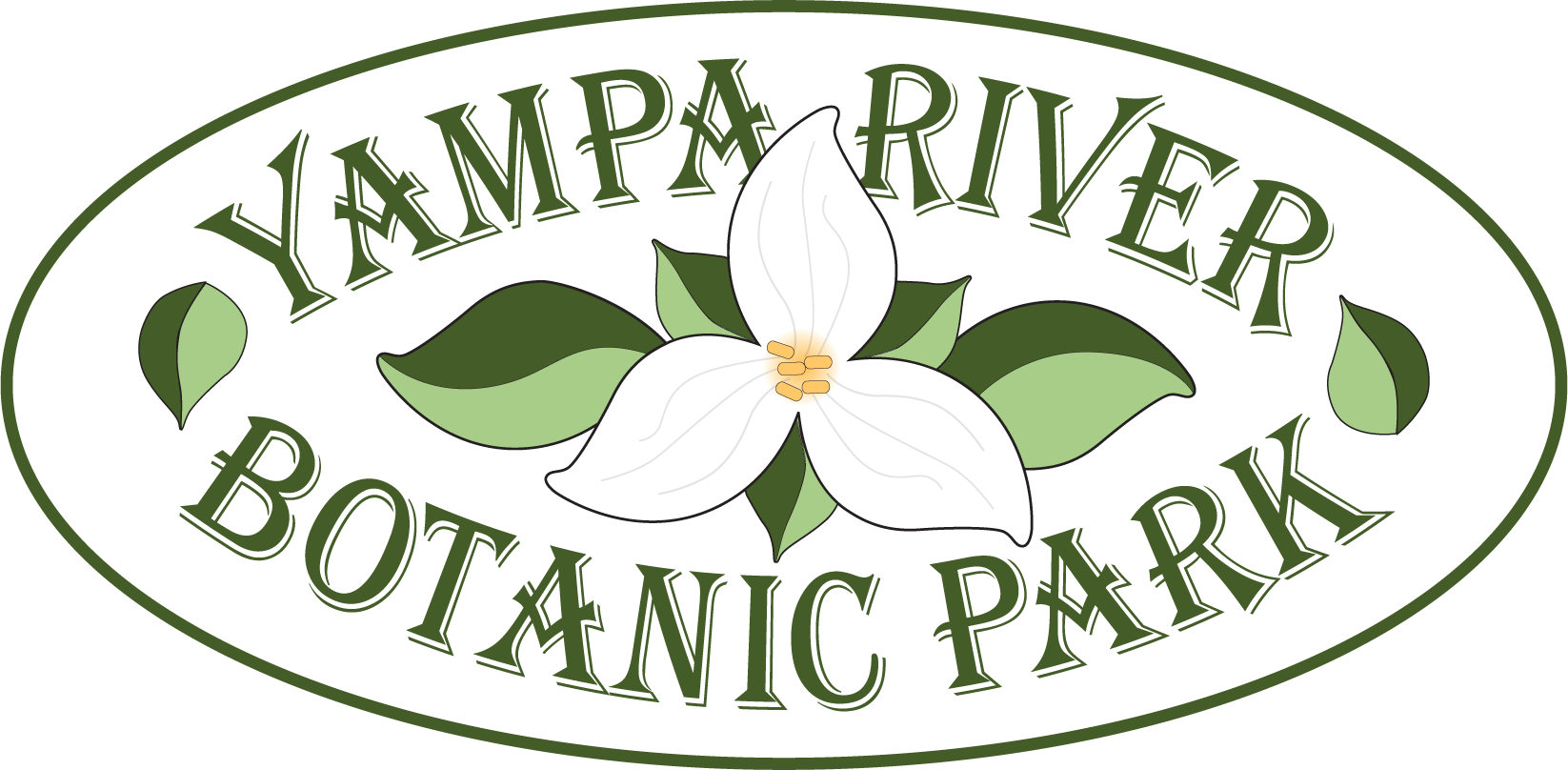What’s in Bloom
Explore our gardens
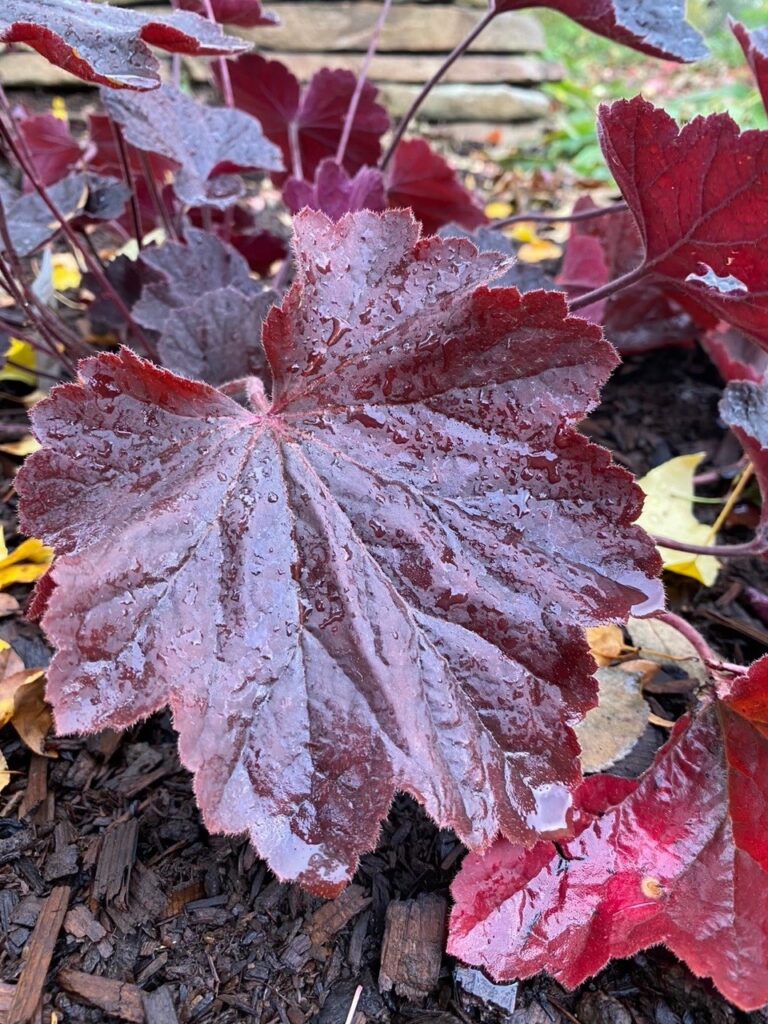
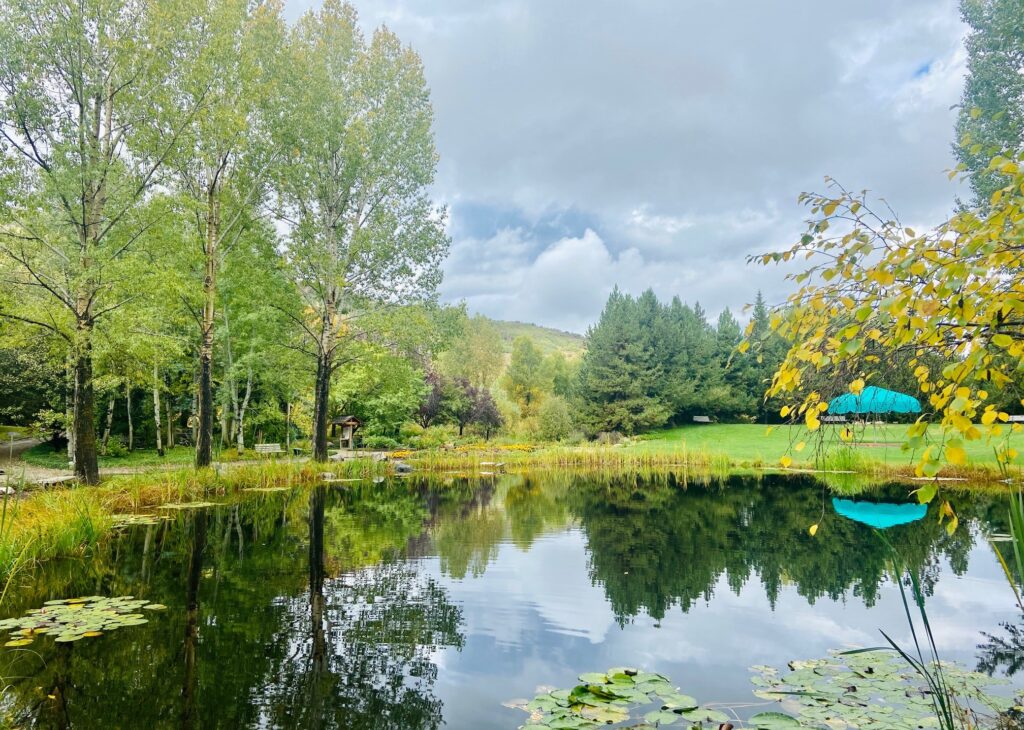
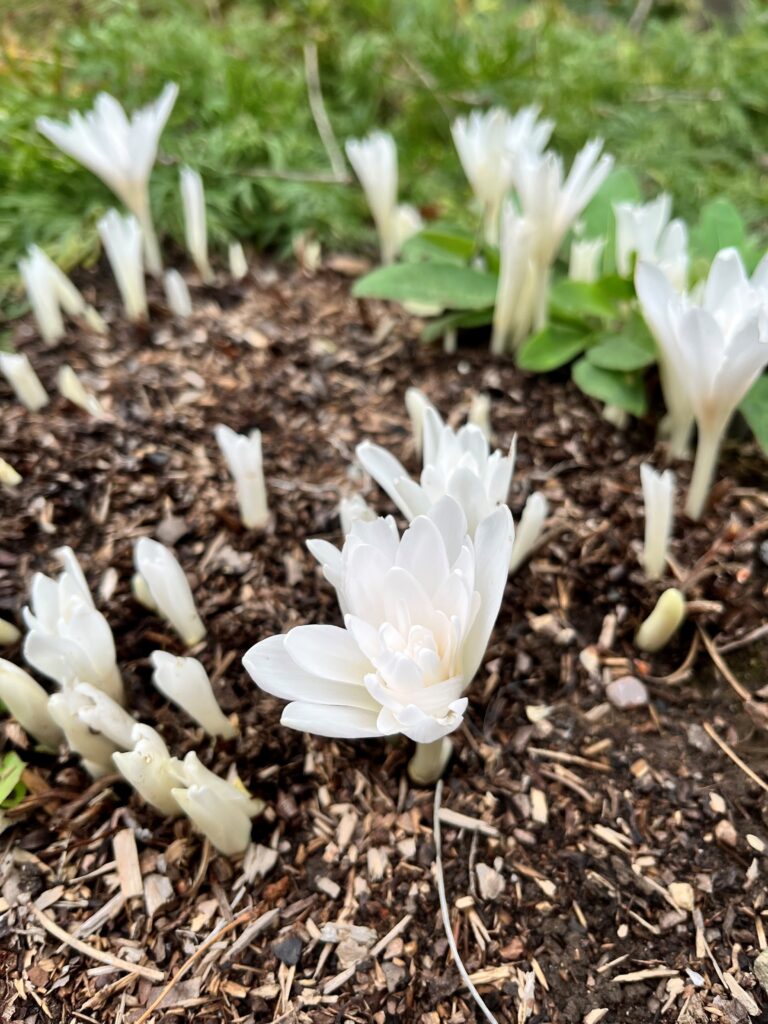
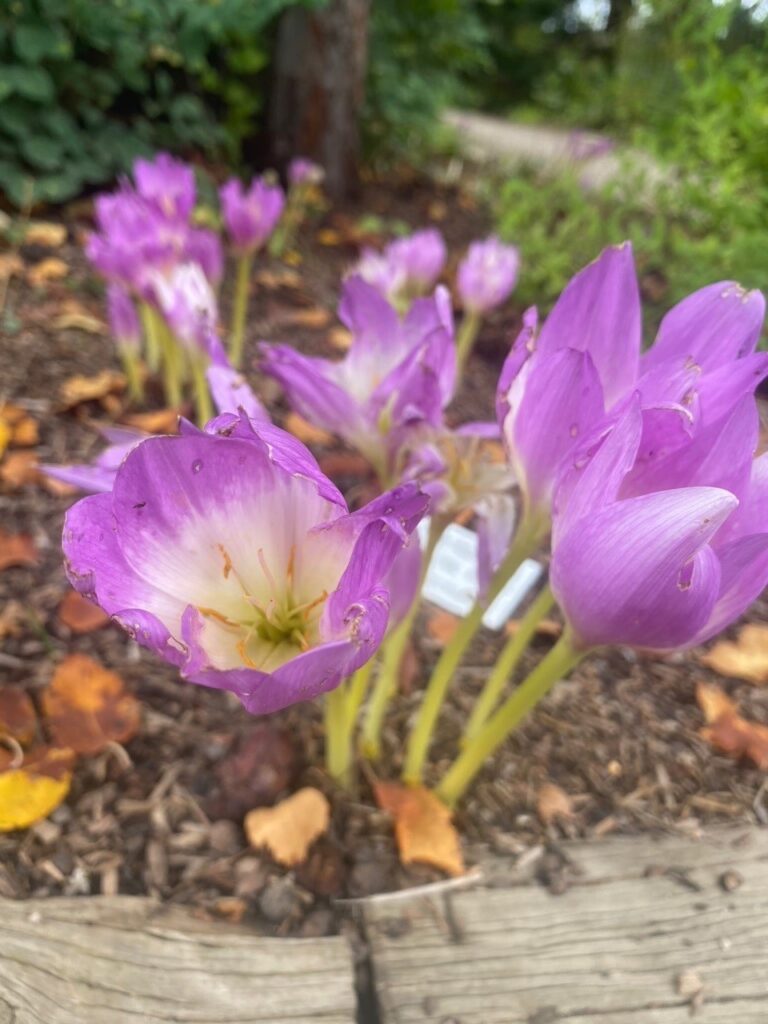
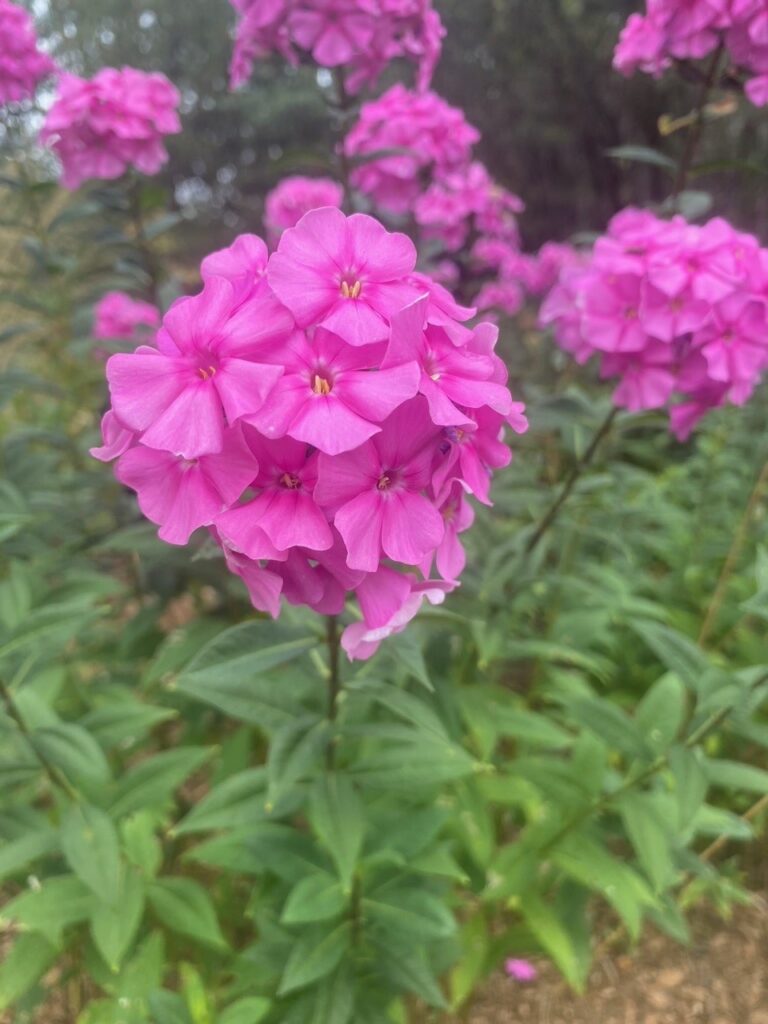
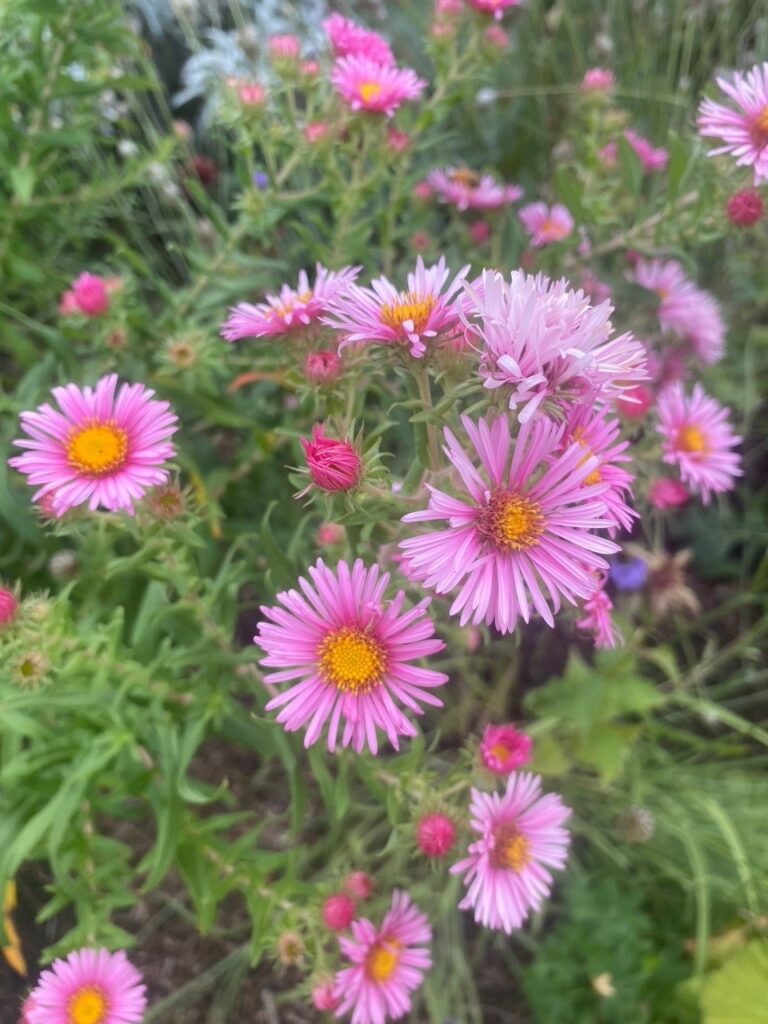
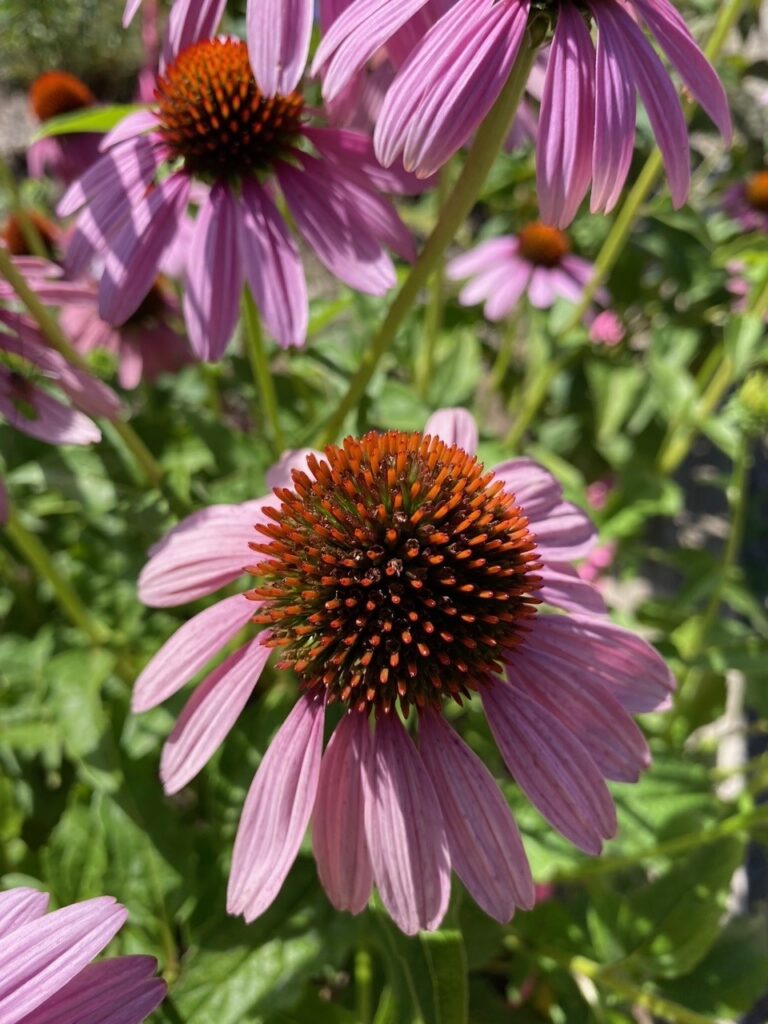
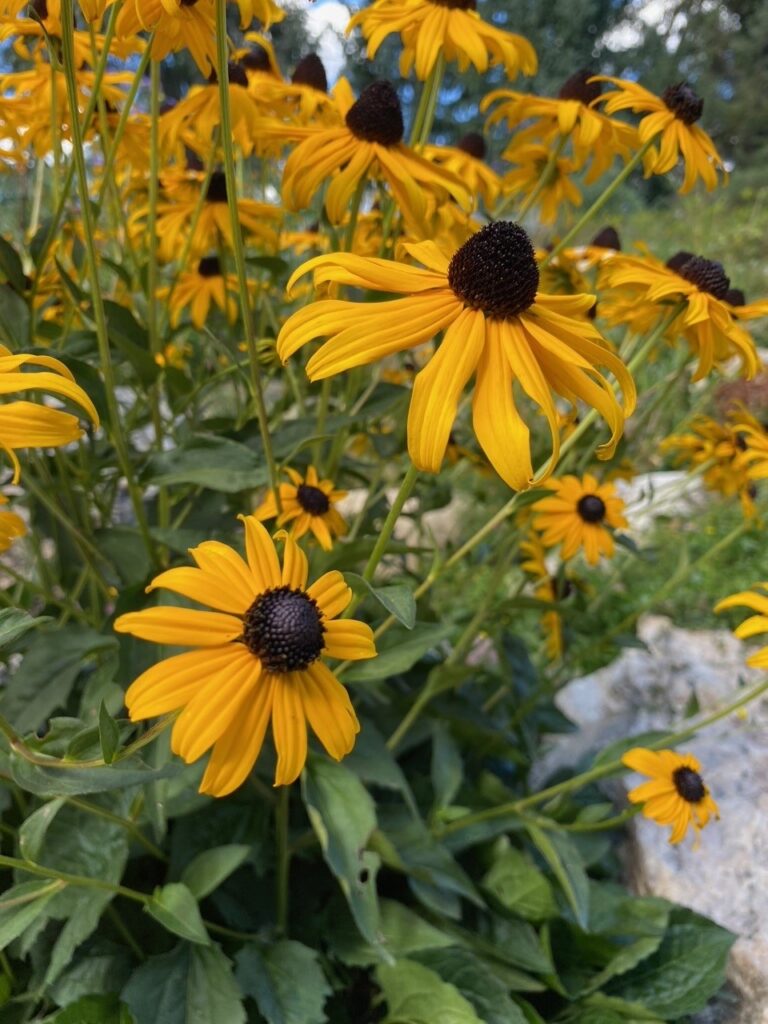
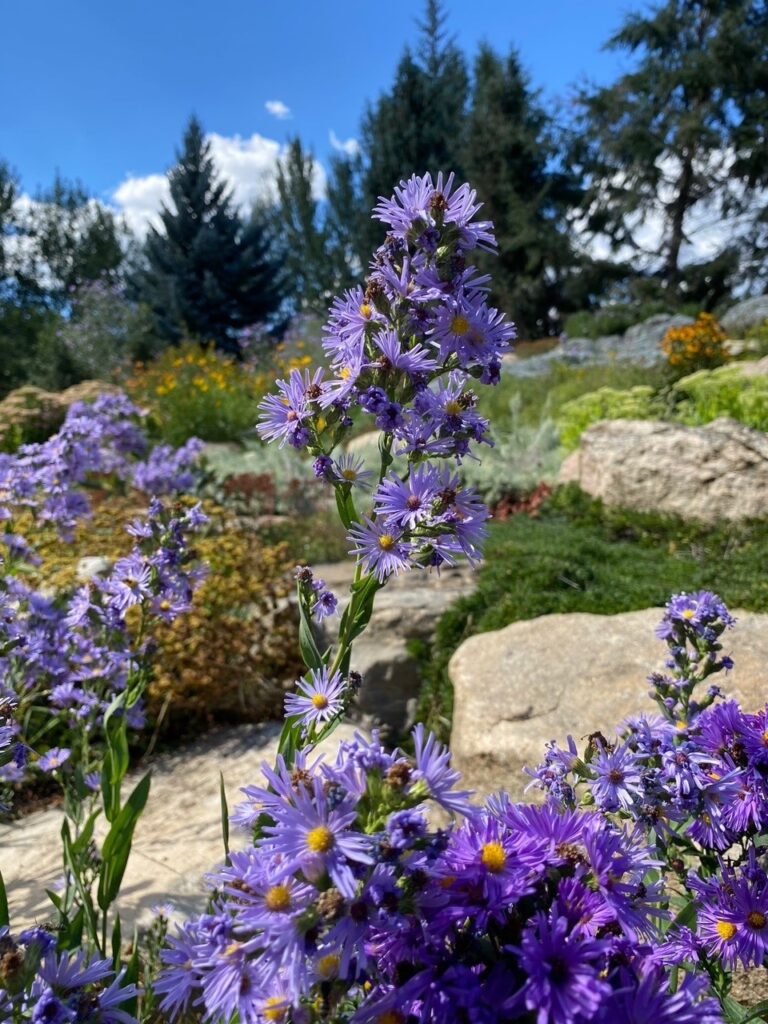
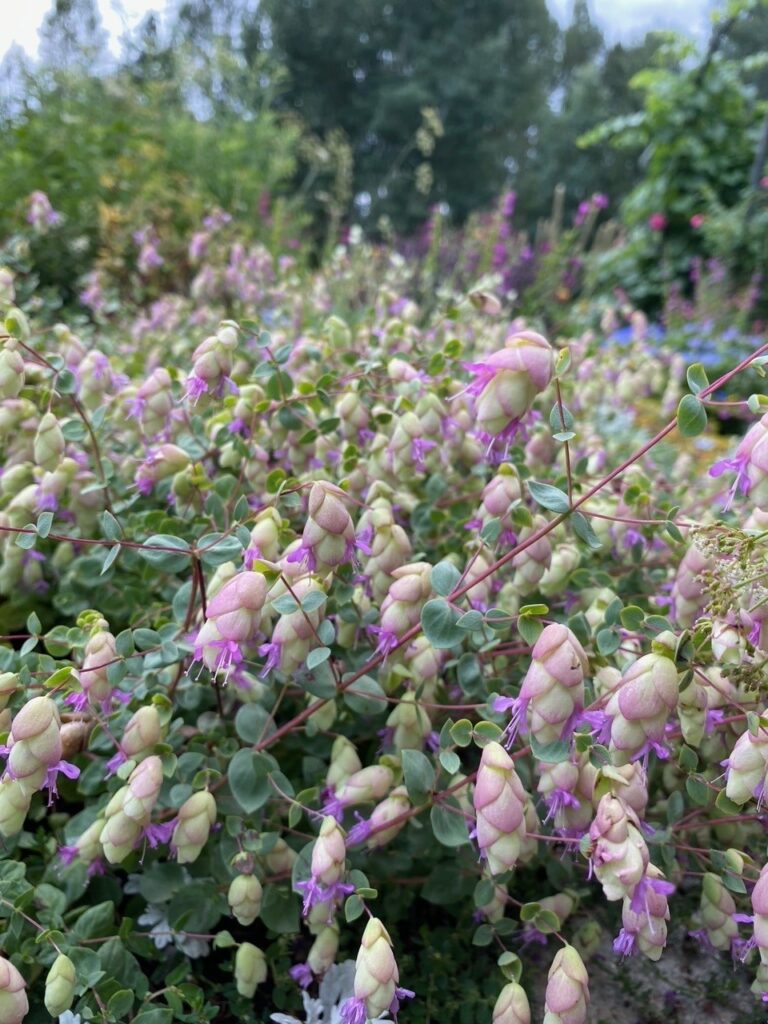
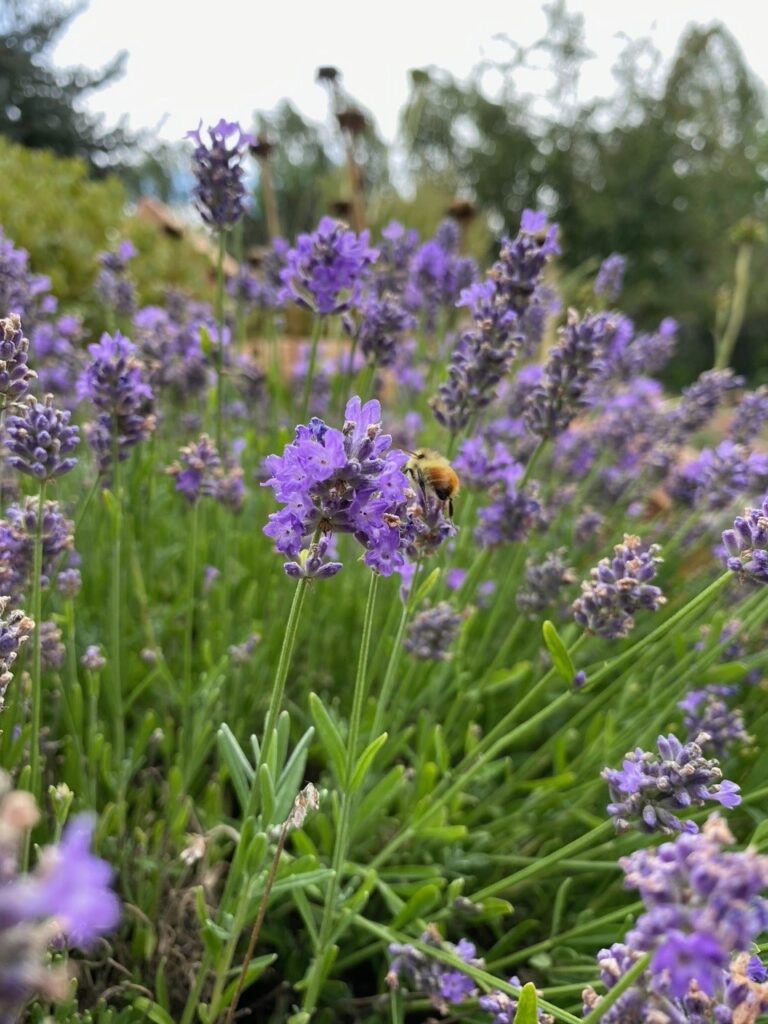
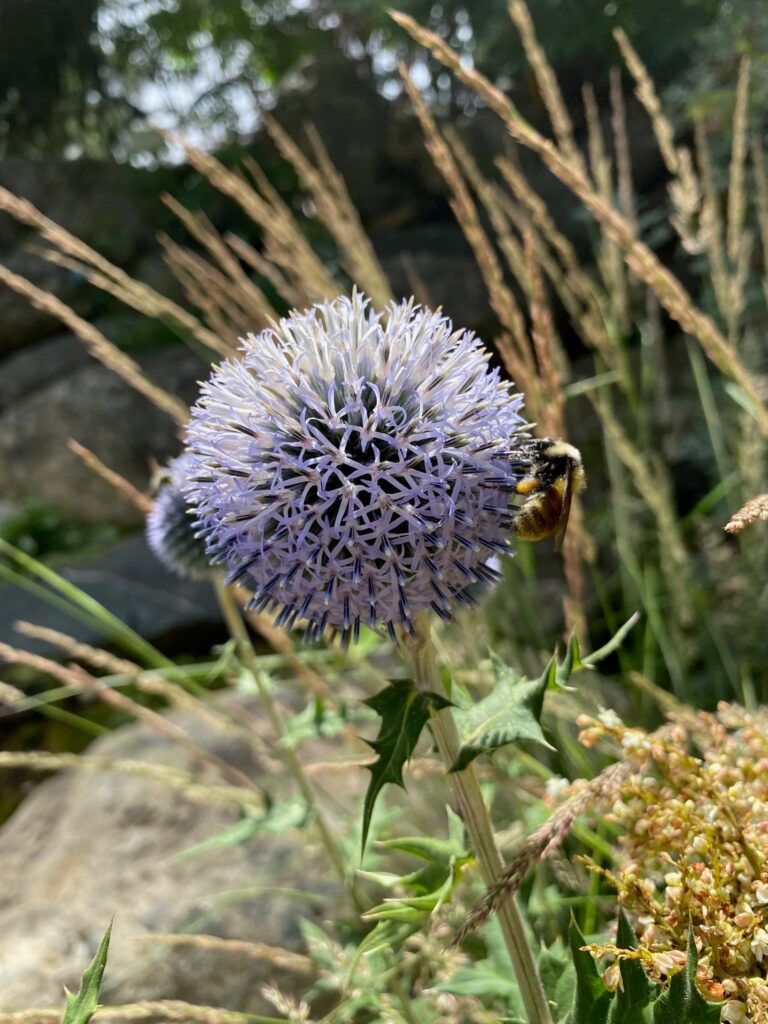
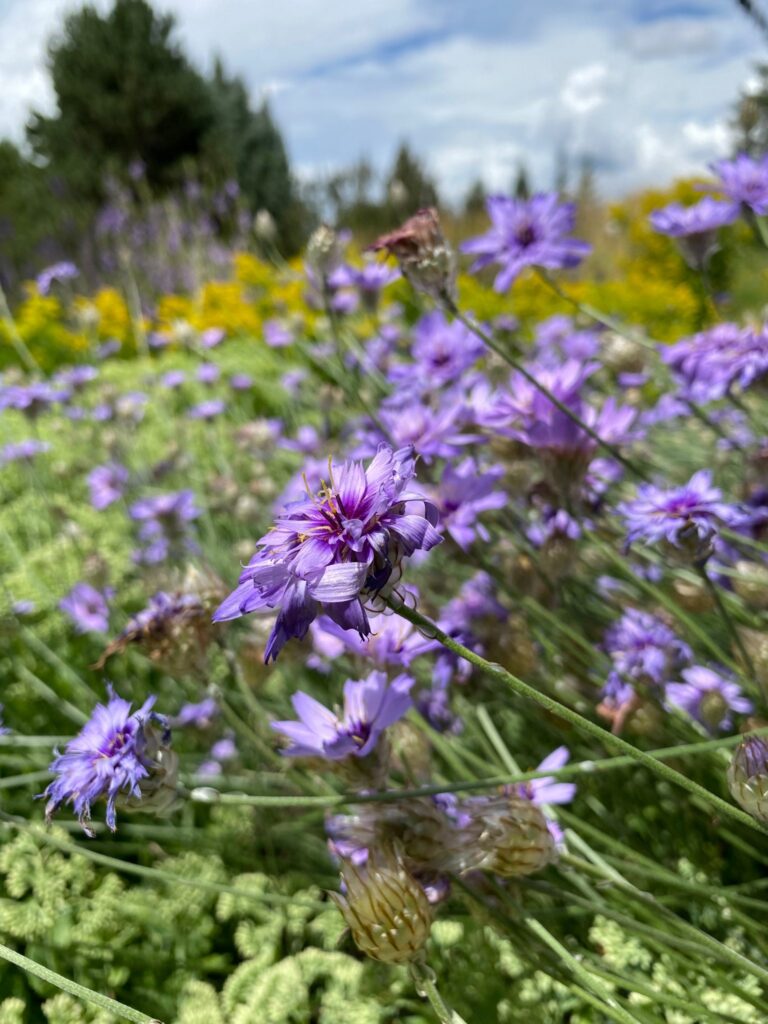
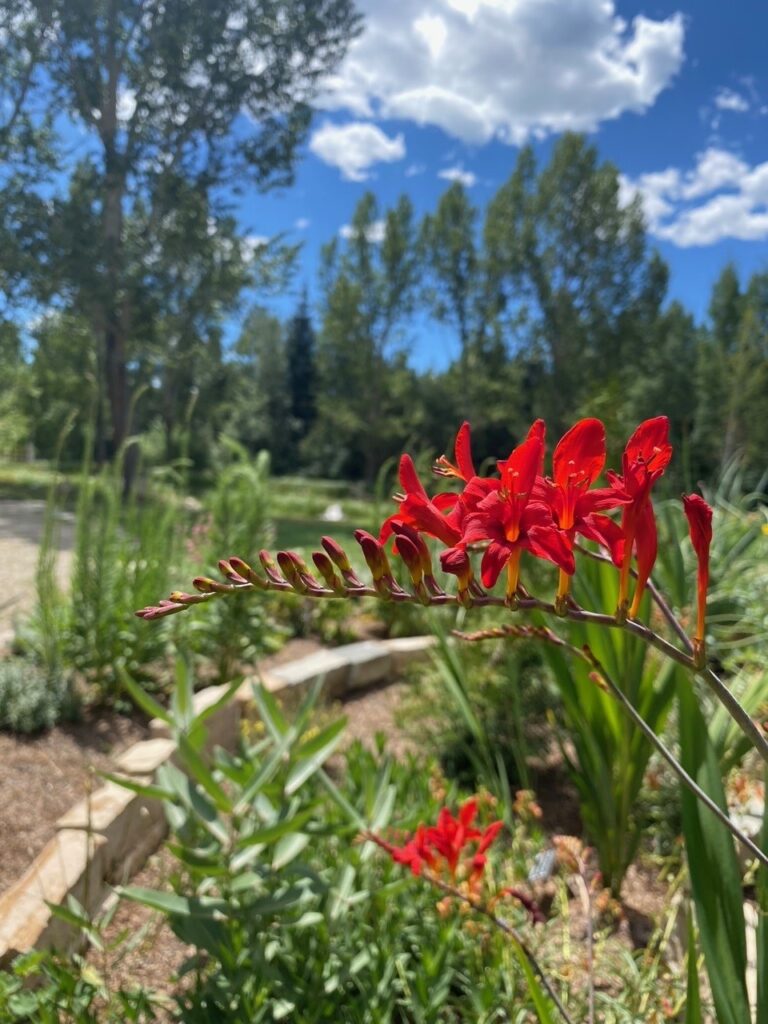
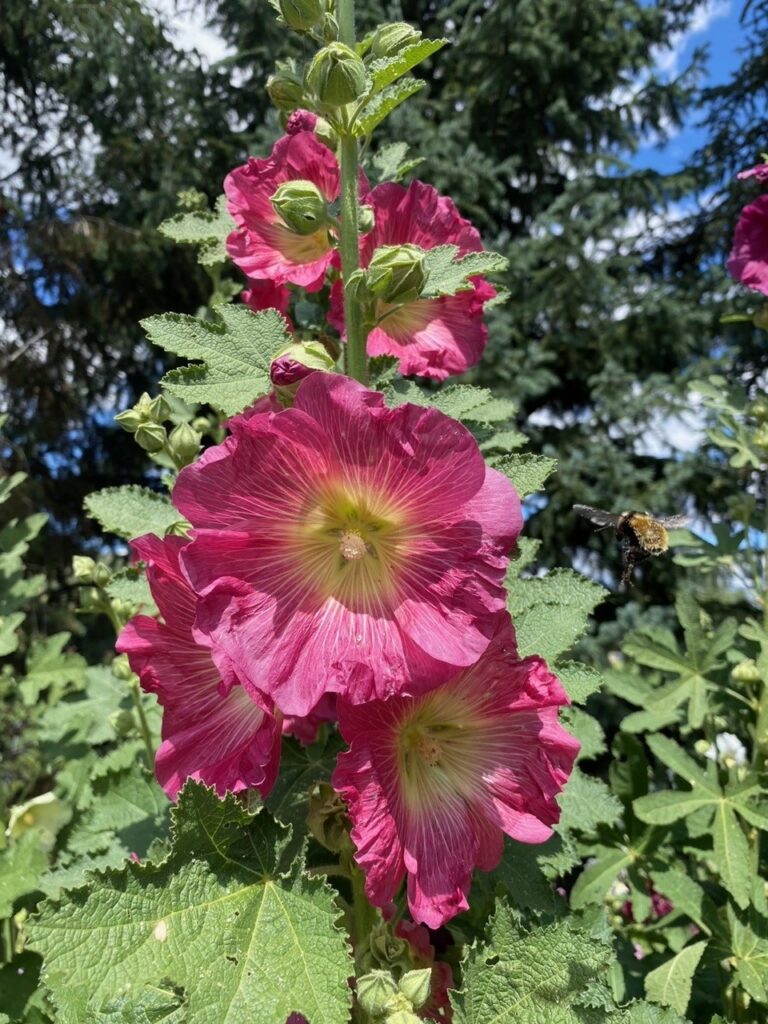
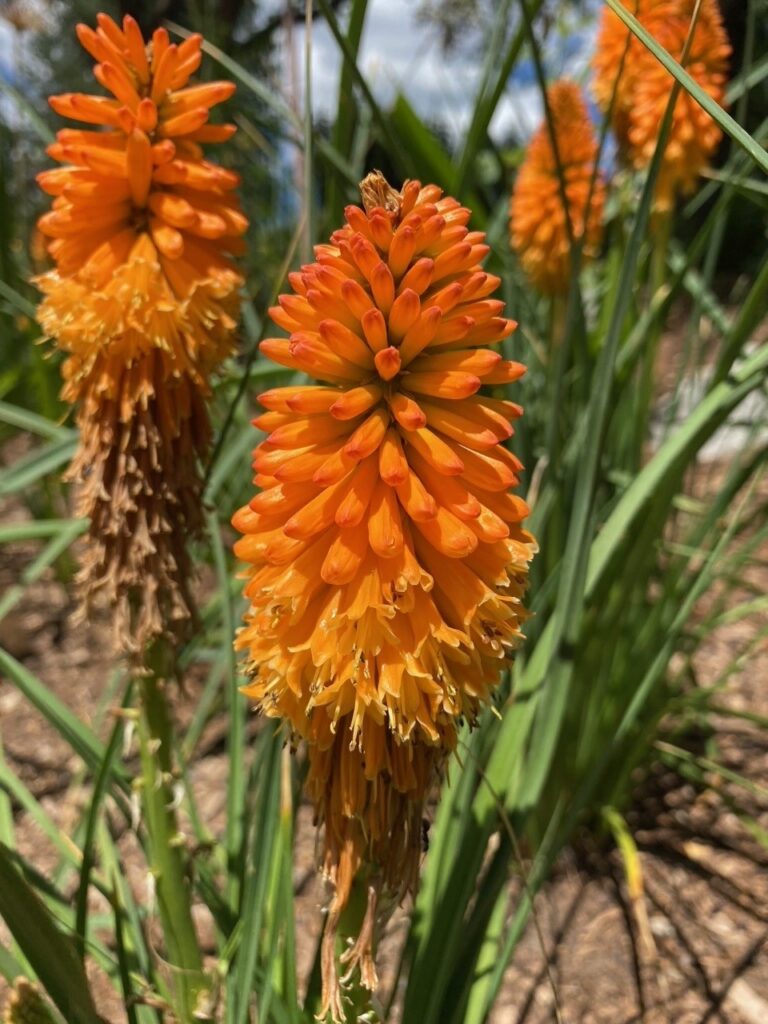
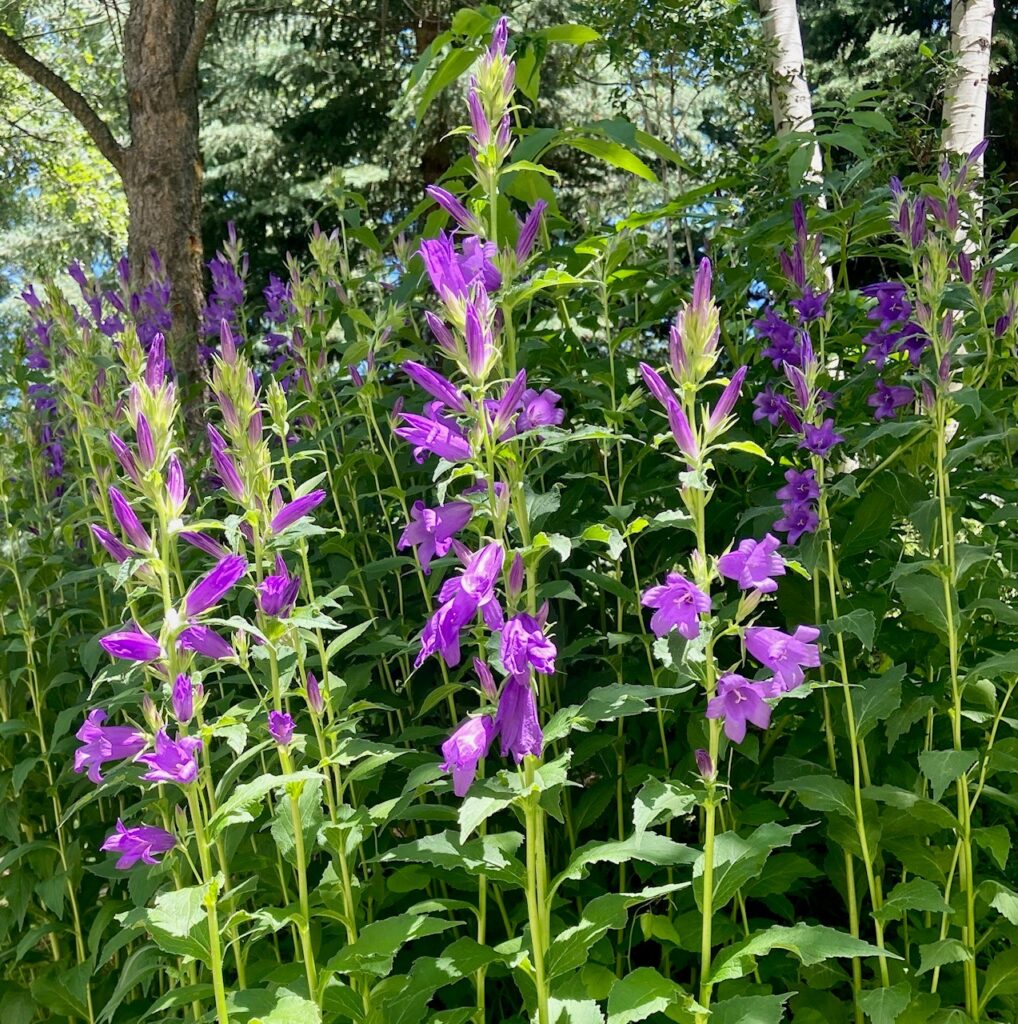
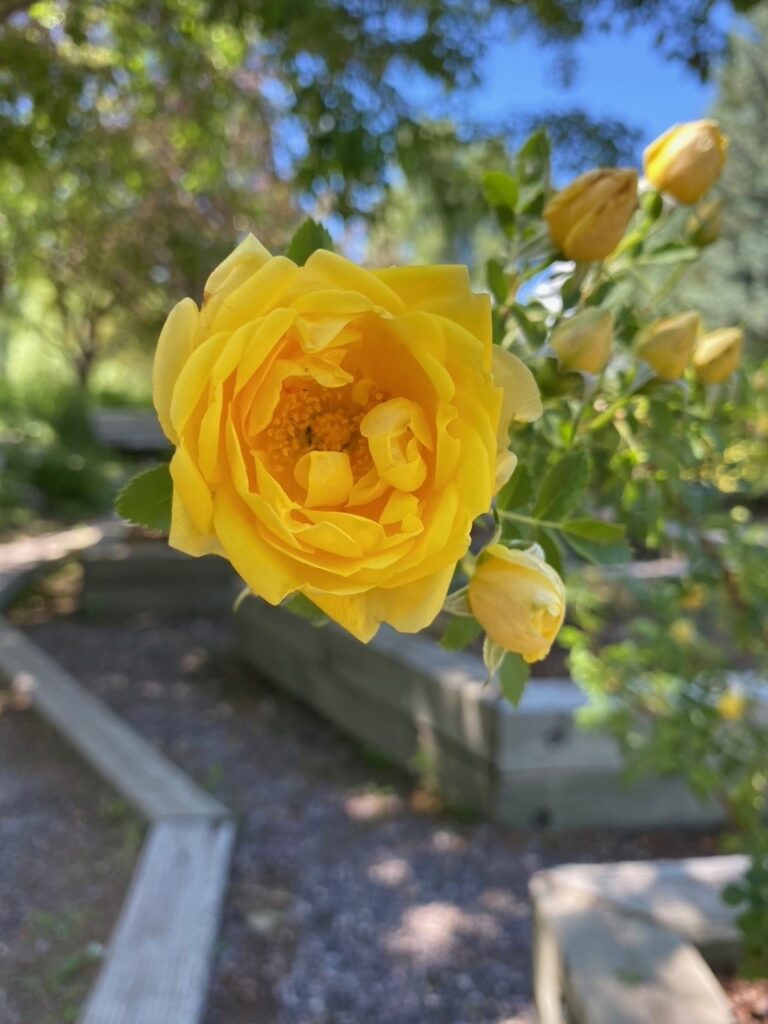
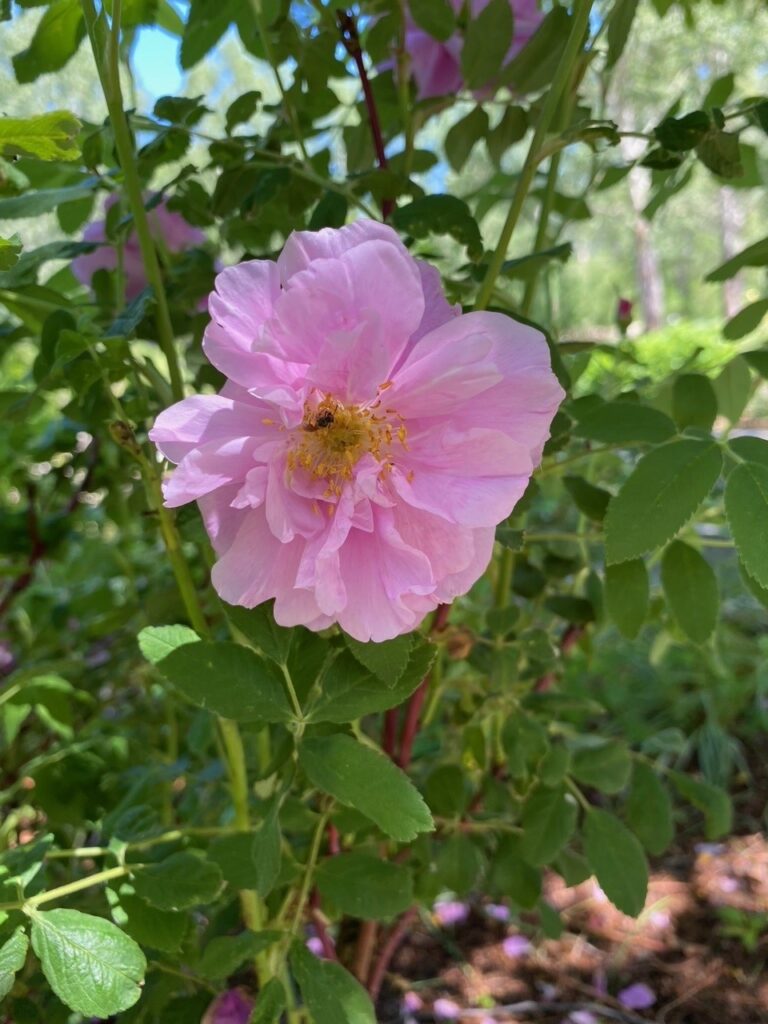
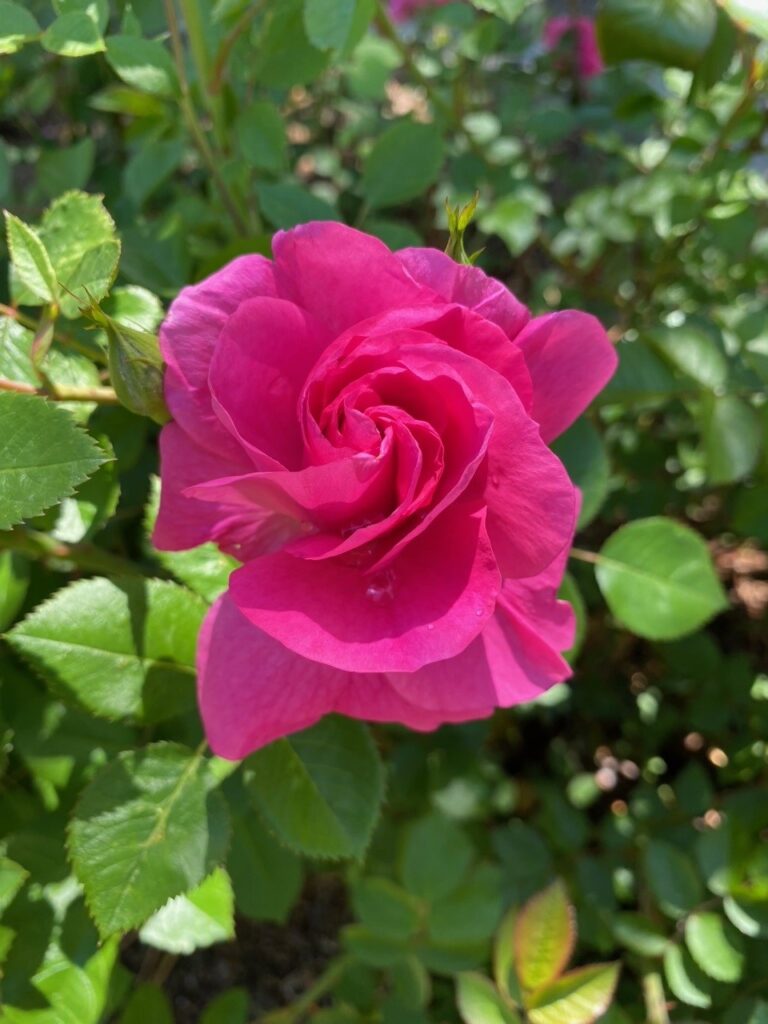

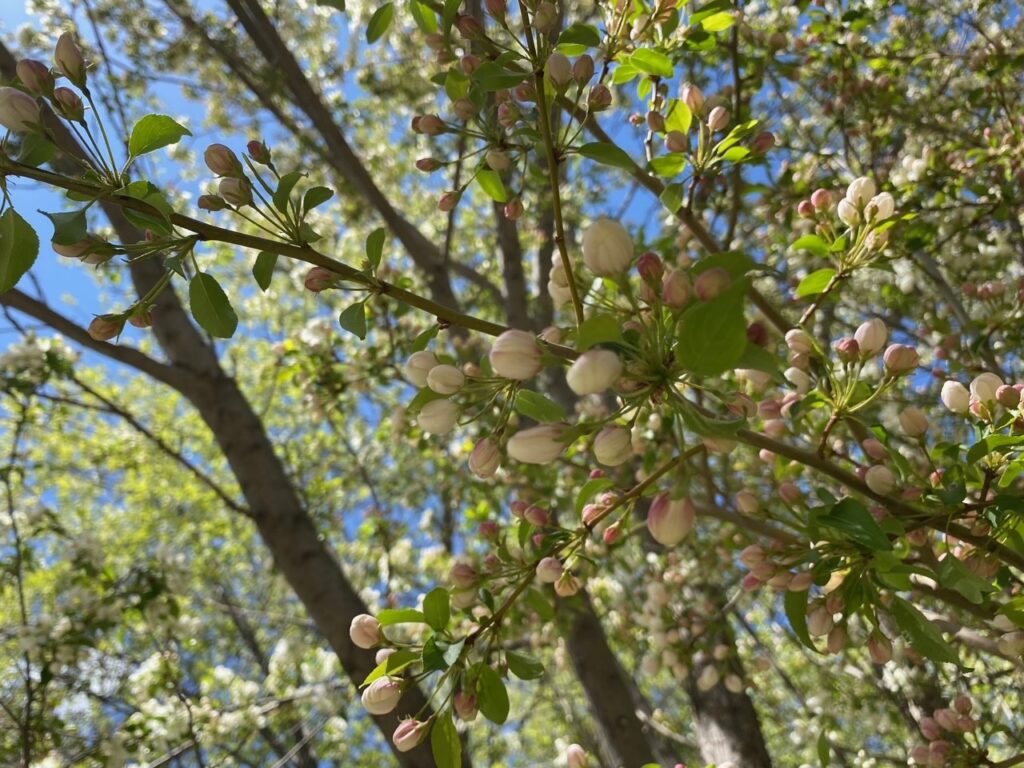
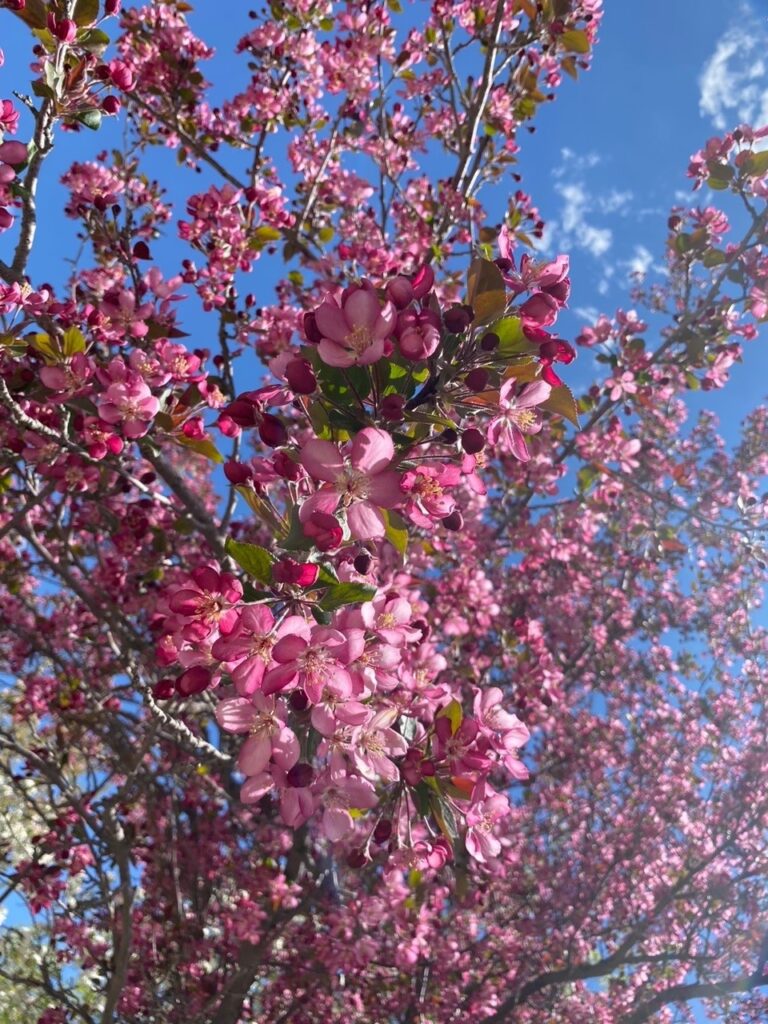
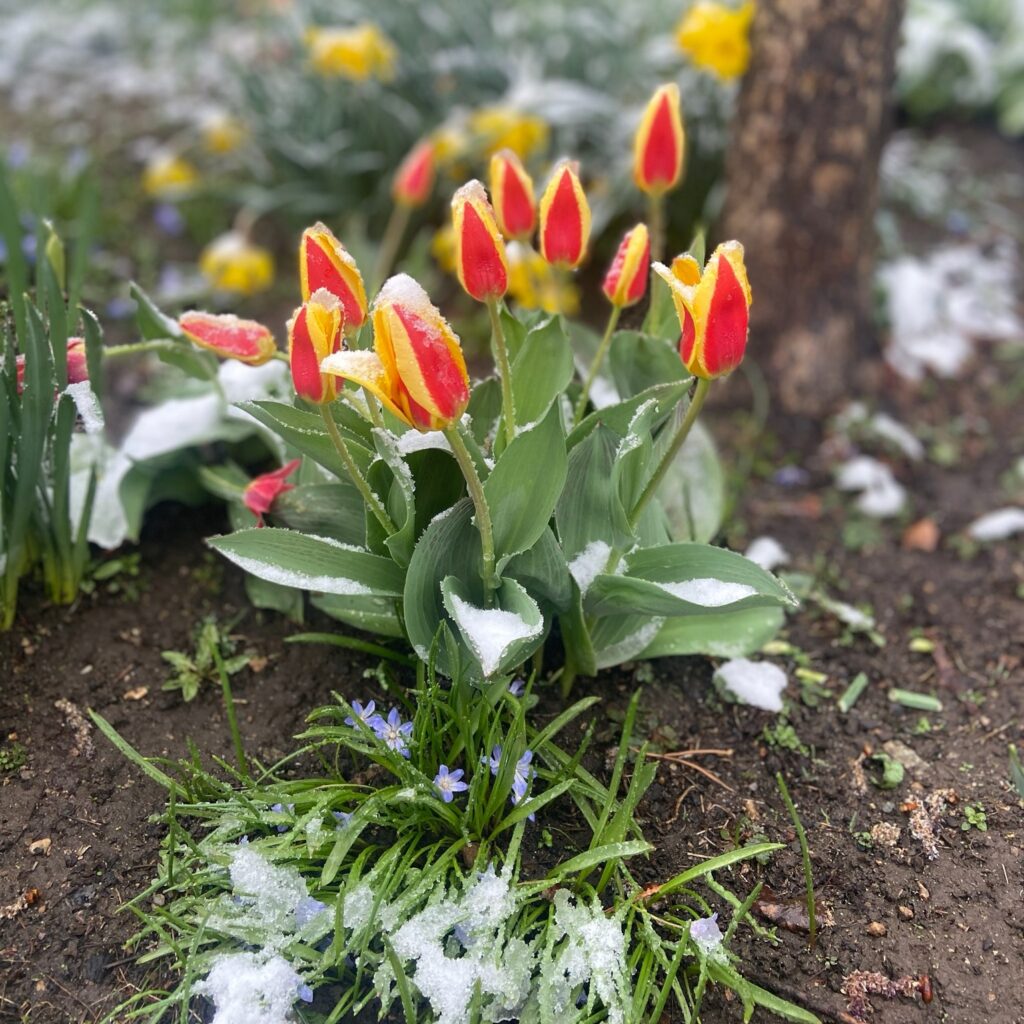
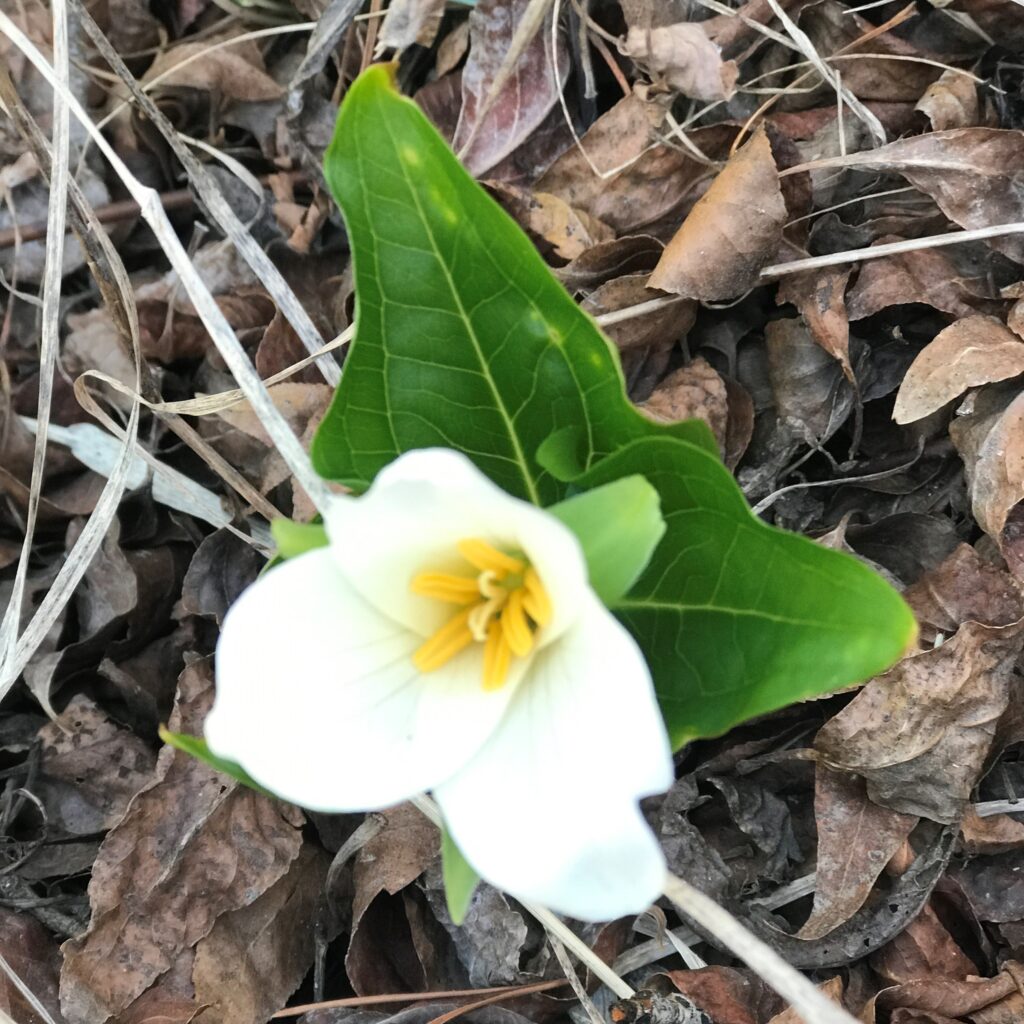
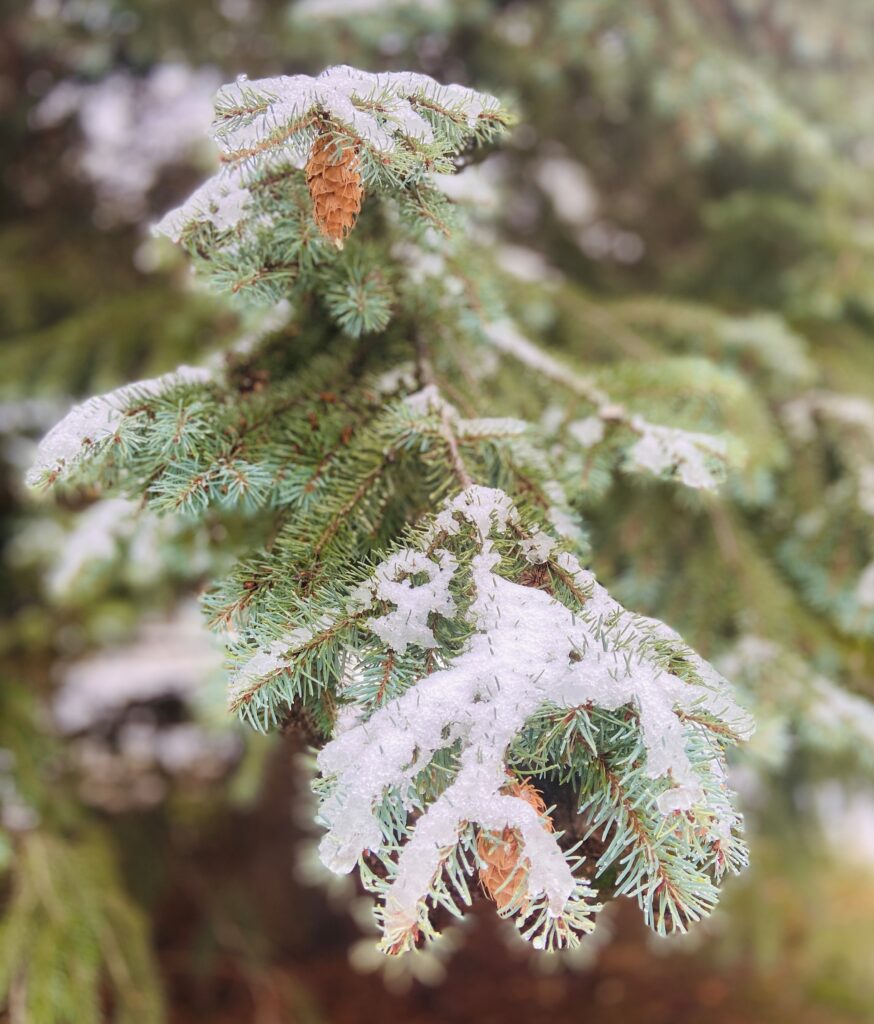
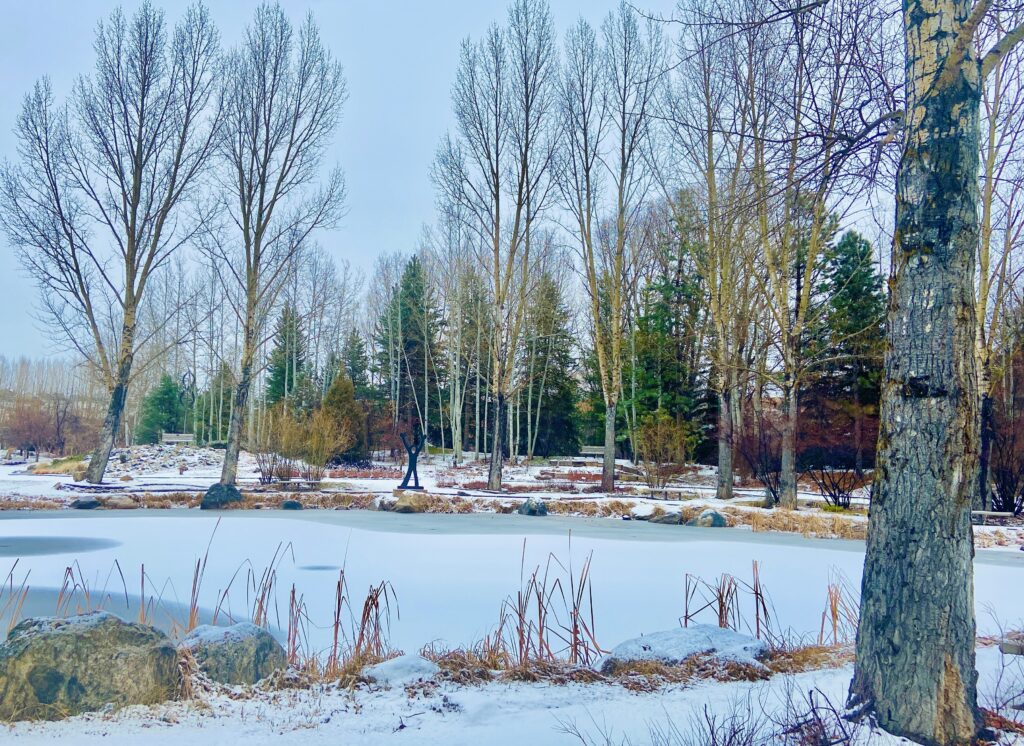
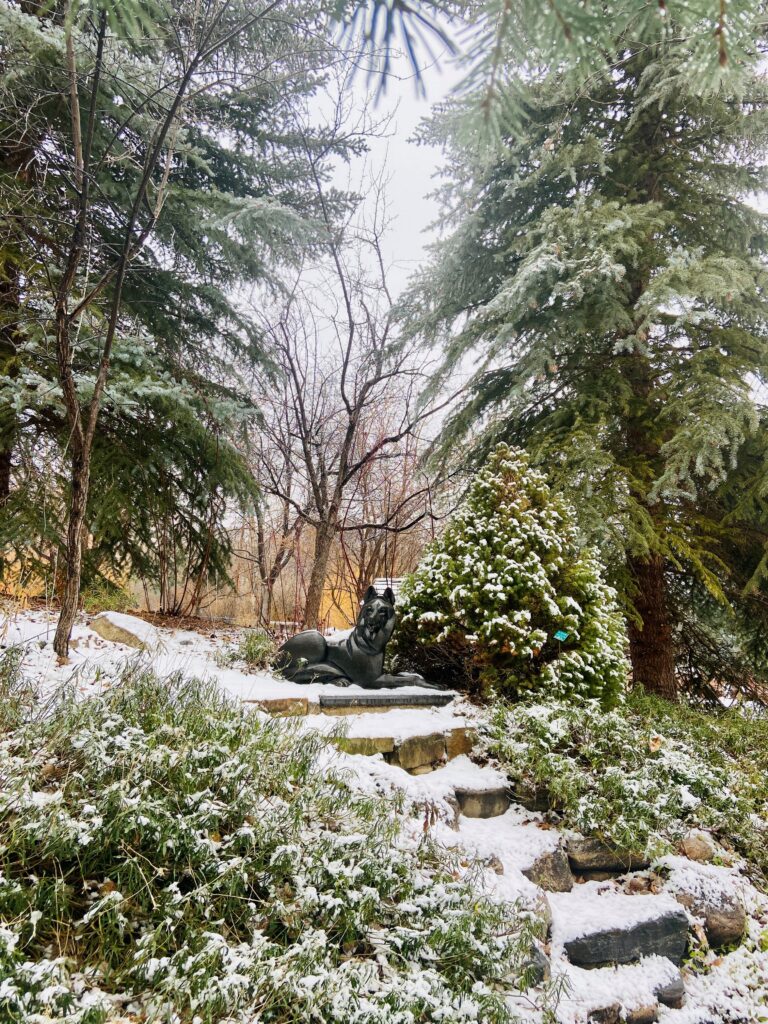
The fall blooming crocus was spectacular and robust this past fall. Most Colchicum are deer, rabbit and vole resistant. Colchicum, often called by the common name autumn crocus, is a member of the Lily family, while true Crocuses belong to the Iris family.
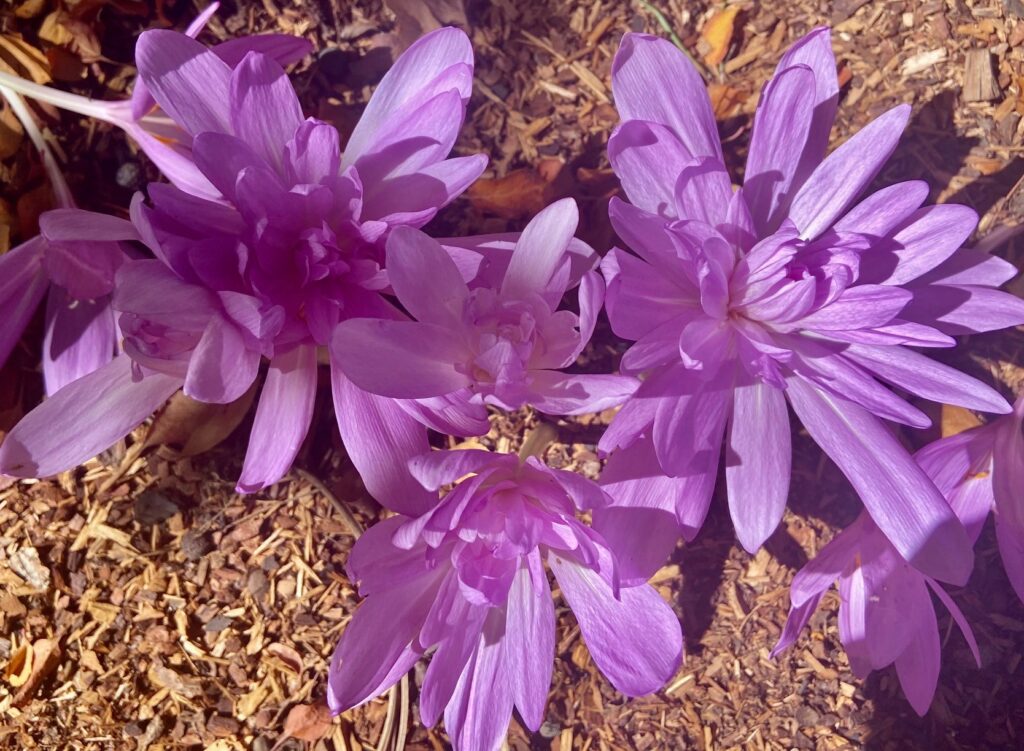
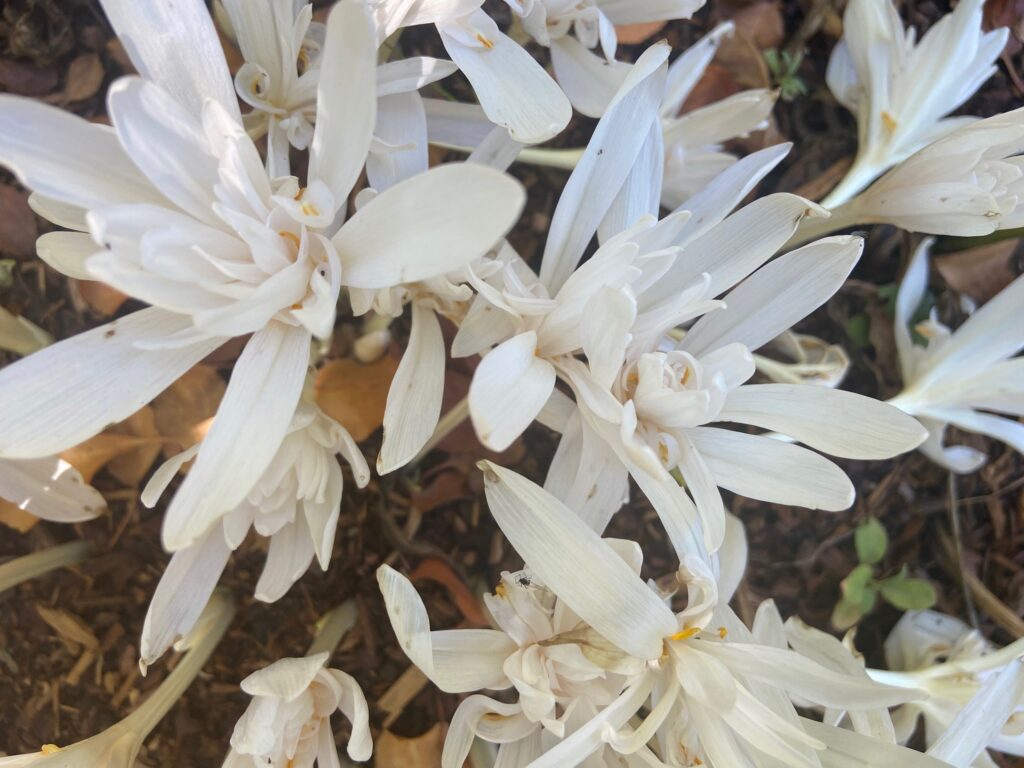
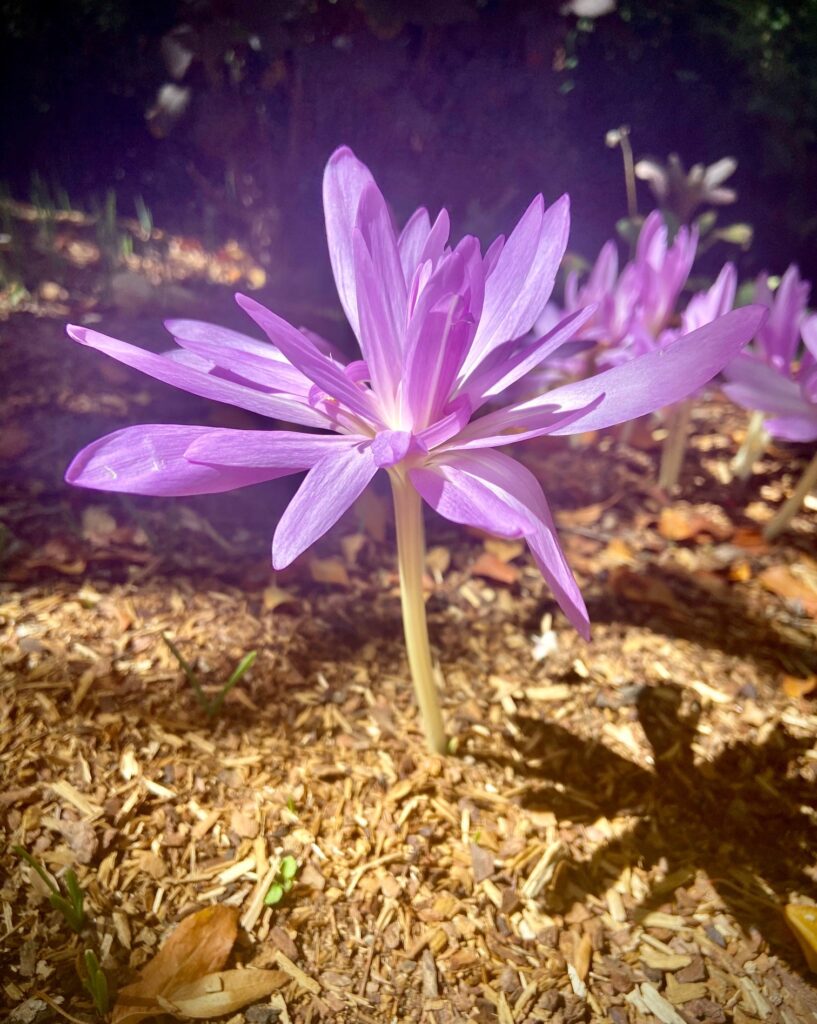
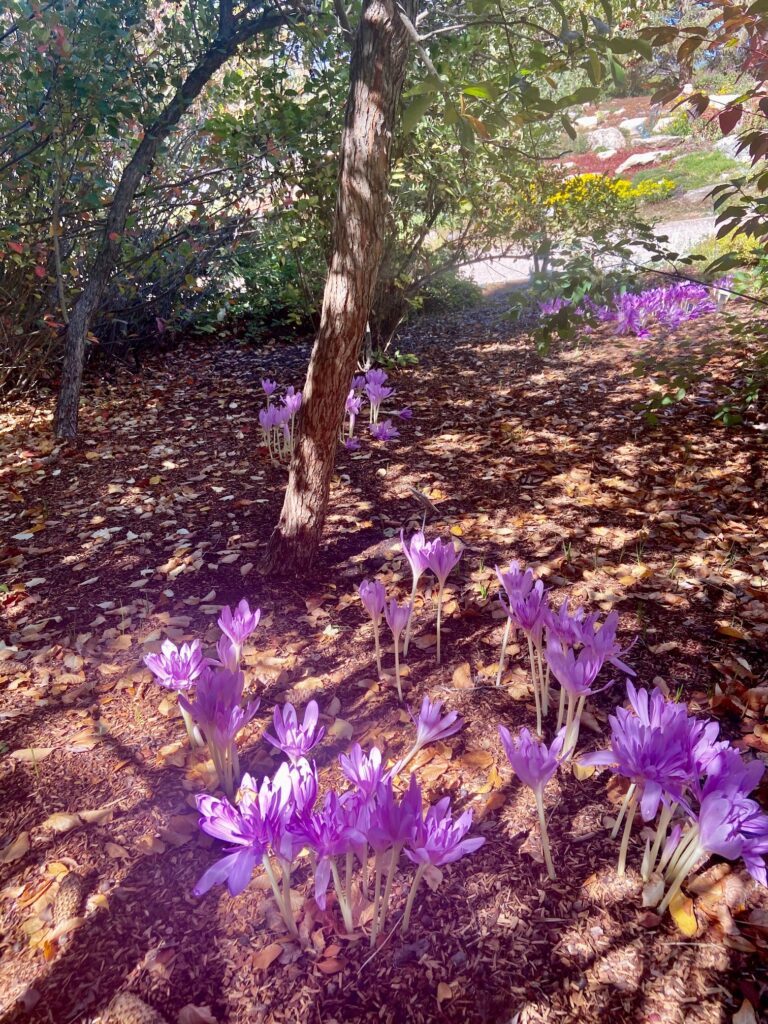
Late summer found the Aster Family of Asteraceae bursting with color. Aster seeds are an important source of food for the birds!
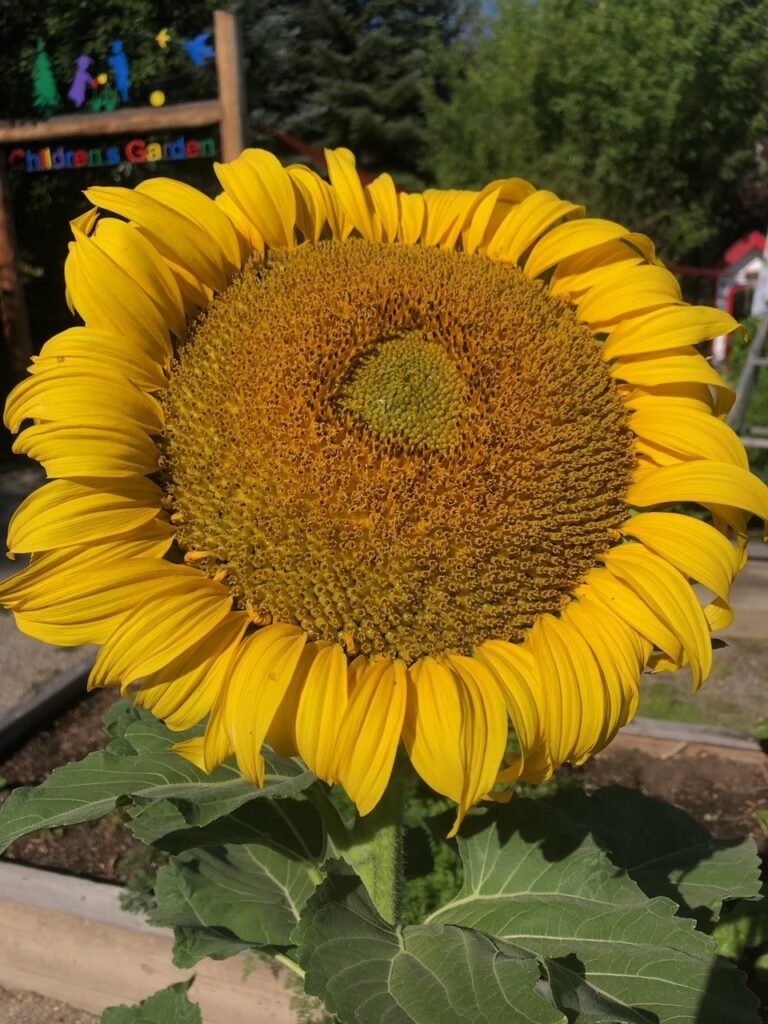
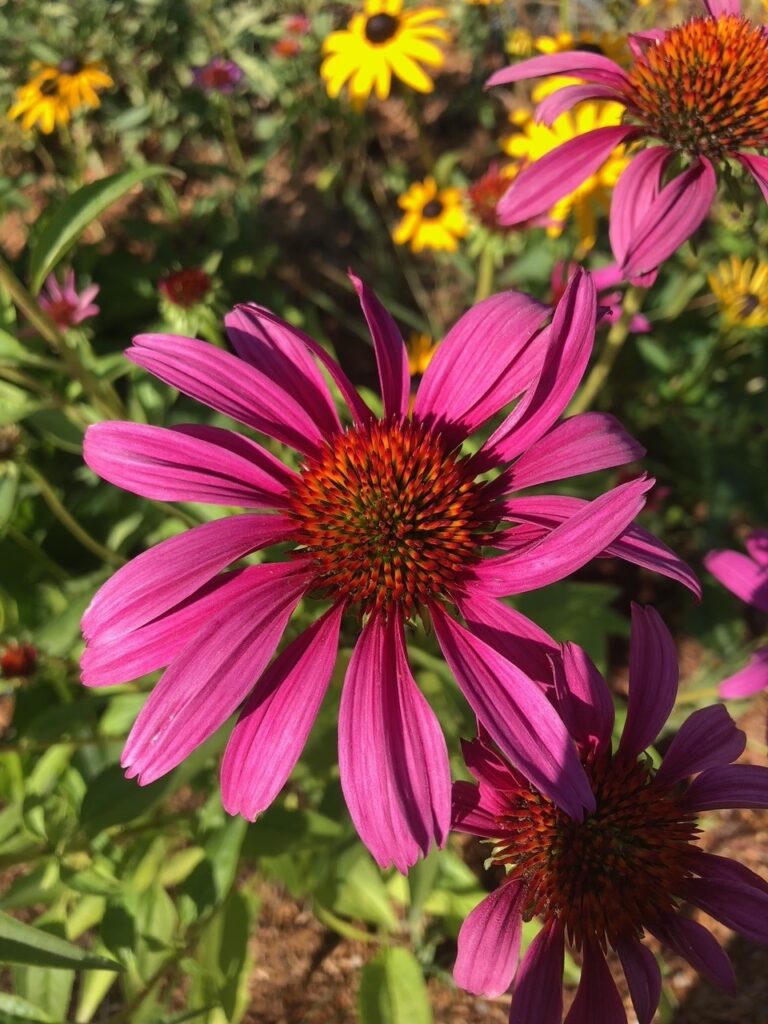
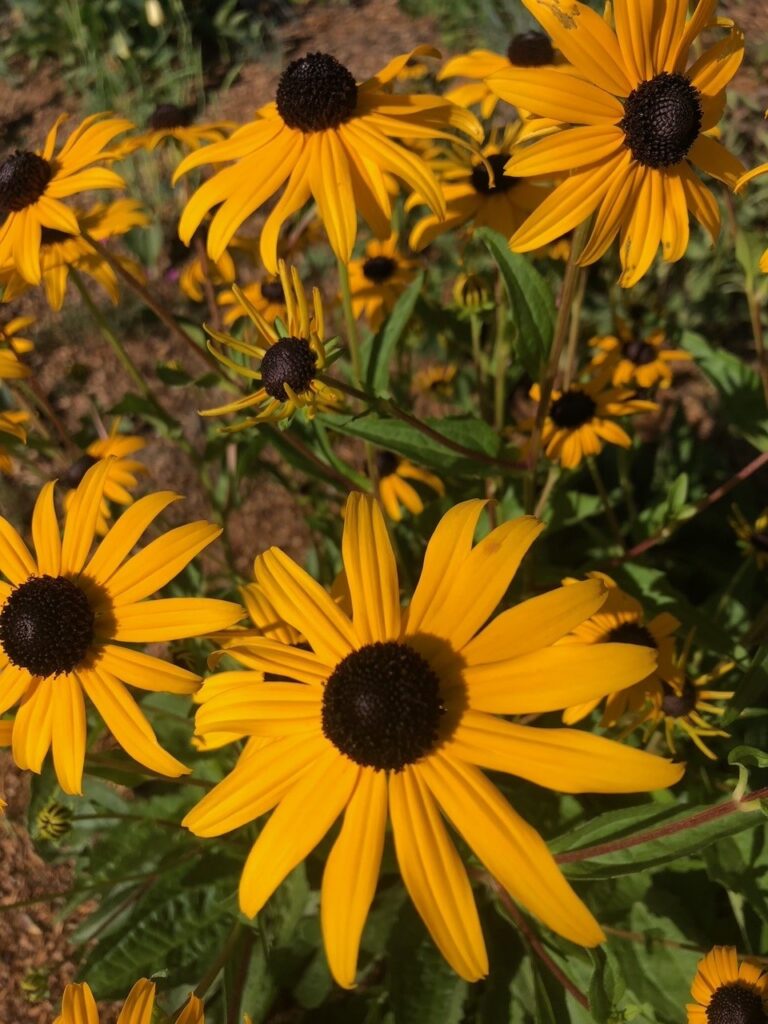
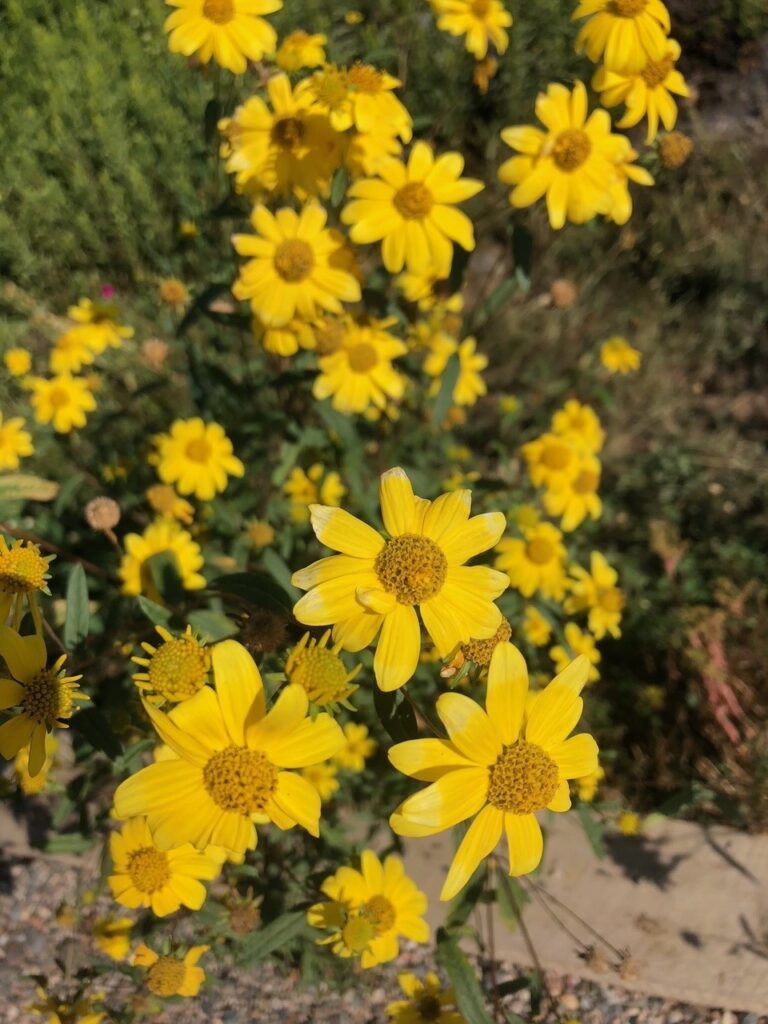
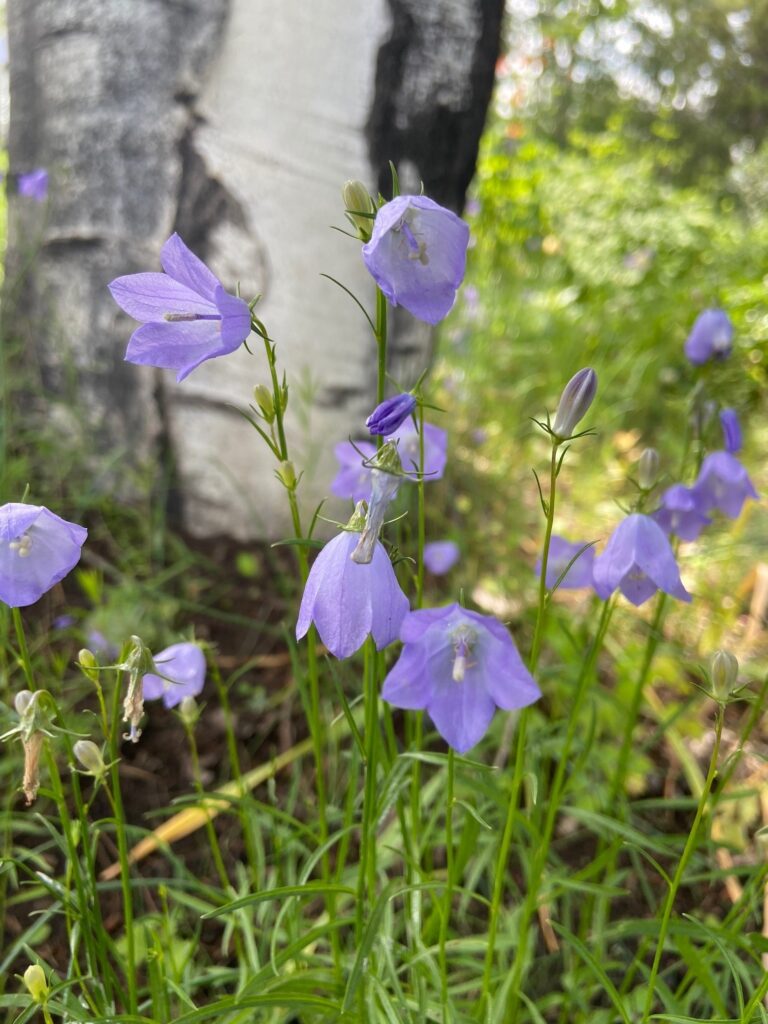
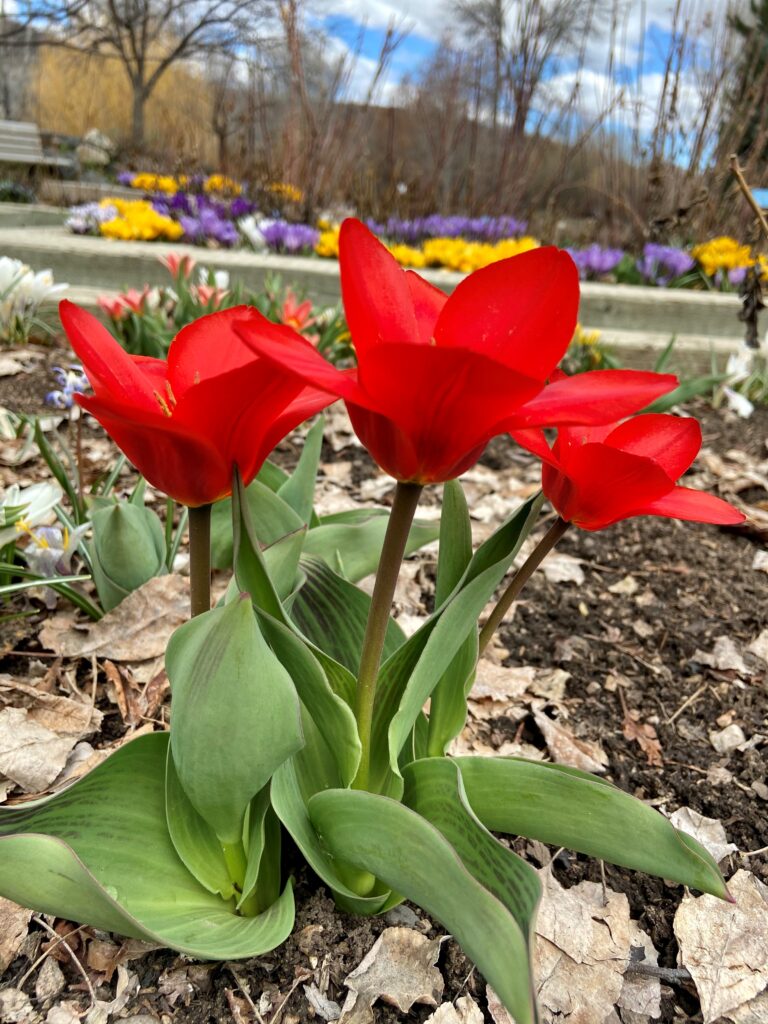
Spring time means cluster after cluster of spring blooming bulbs! And the Trillium makes its appearance in early spring when the ground is still chilly — along with the Giant Snowdrops who pop up their pretty heads in the late spring snow.

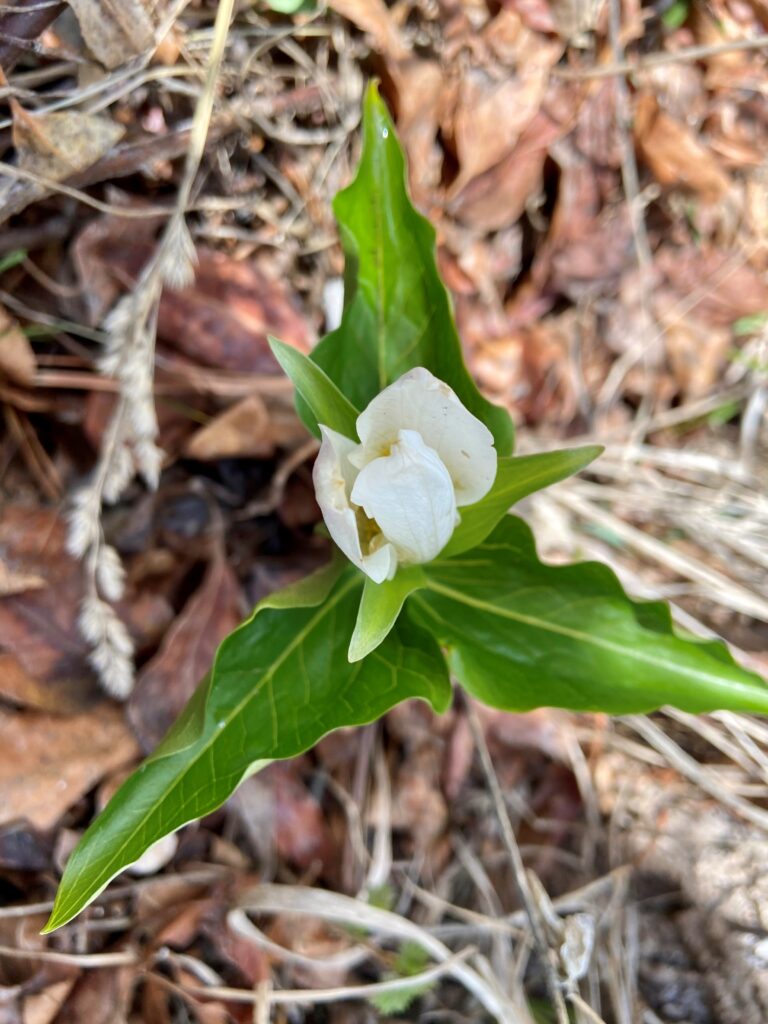
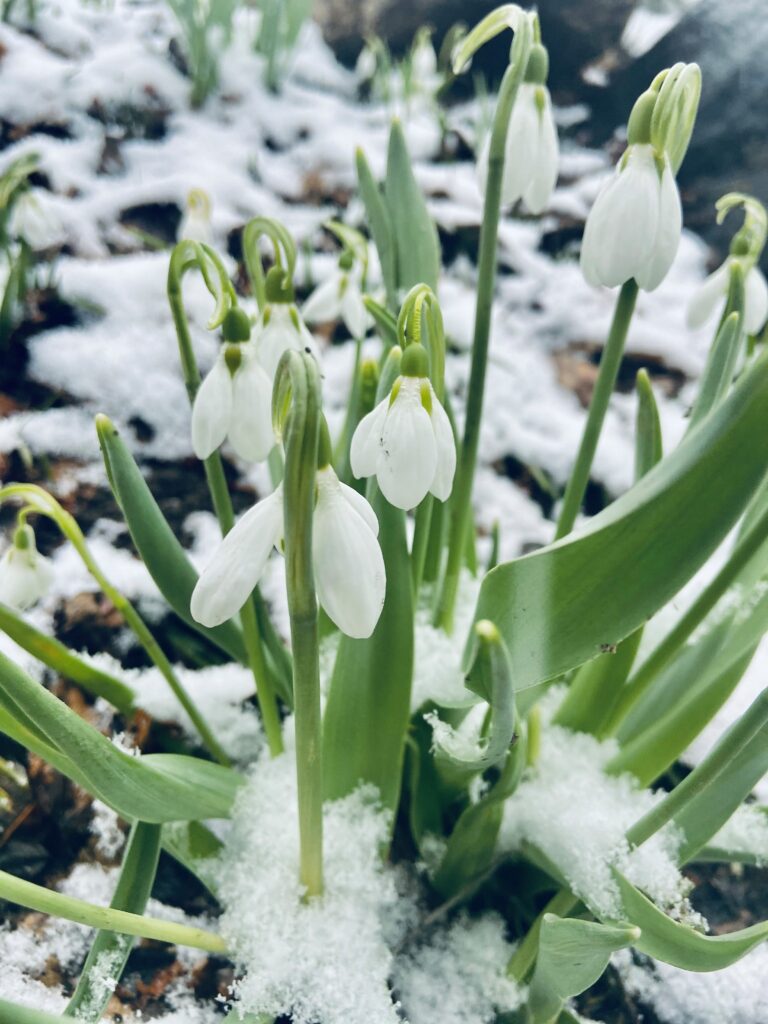
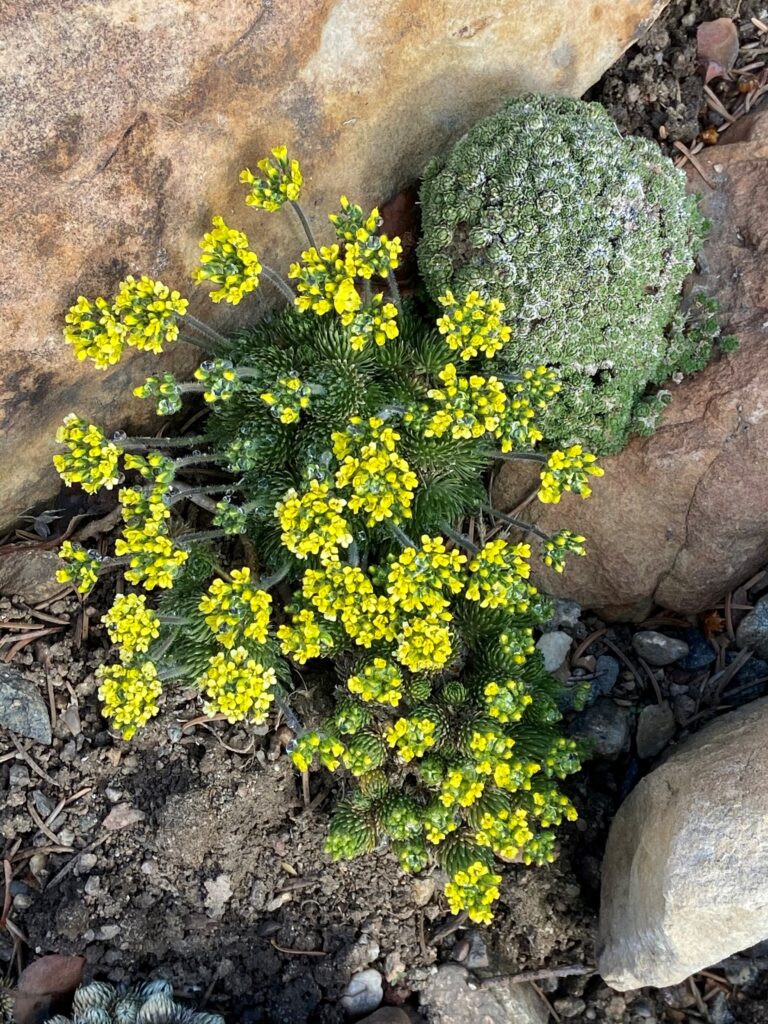
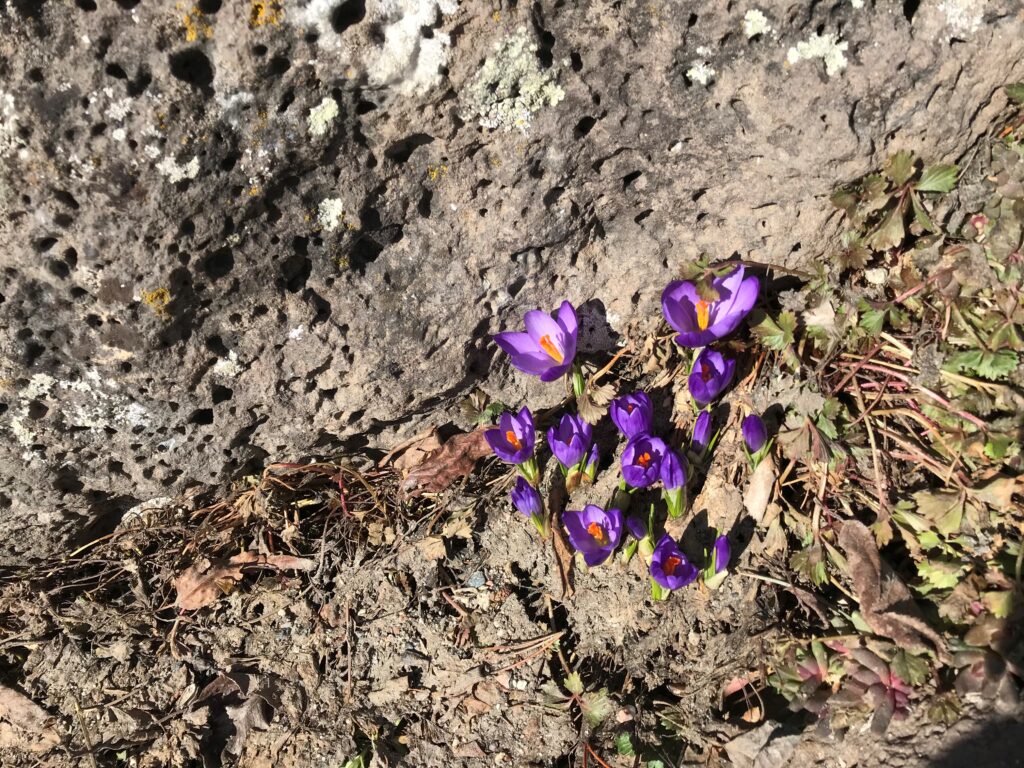
First flowers to open in the Botanic Park. Crocus!
Wildlife
Moose on the Core Trail
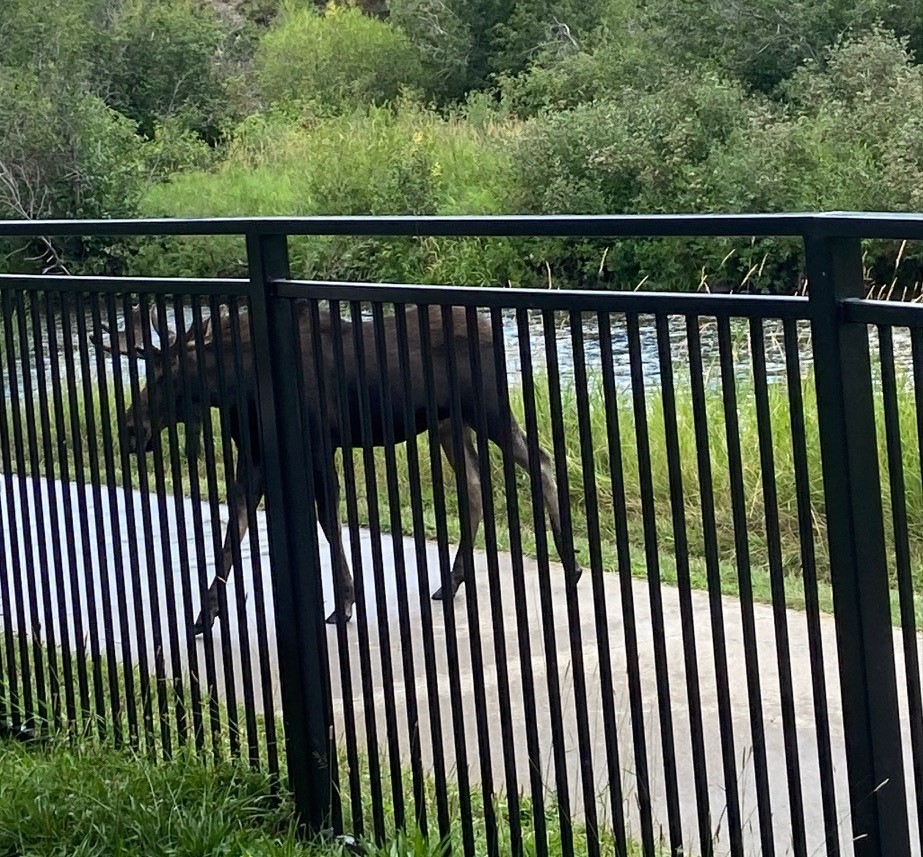
Ducklings on Peter’s Pond

Six dusky grouse visited the Botanic Park recently. Formerly known as blue grouse, the grouse dwell in the forests of the Rocky Mountains in North America amongst the ponderosa and lodgepole pine, aspen, and fir. We asked local birders David and Tresa Moulton for help identifying the species. Tresa told us she has seen only one dusky grouse in the Botanic Park. We are so pleased this group stopped in for a visit!
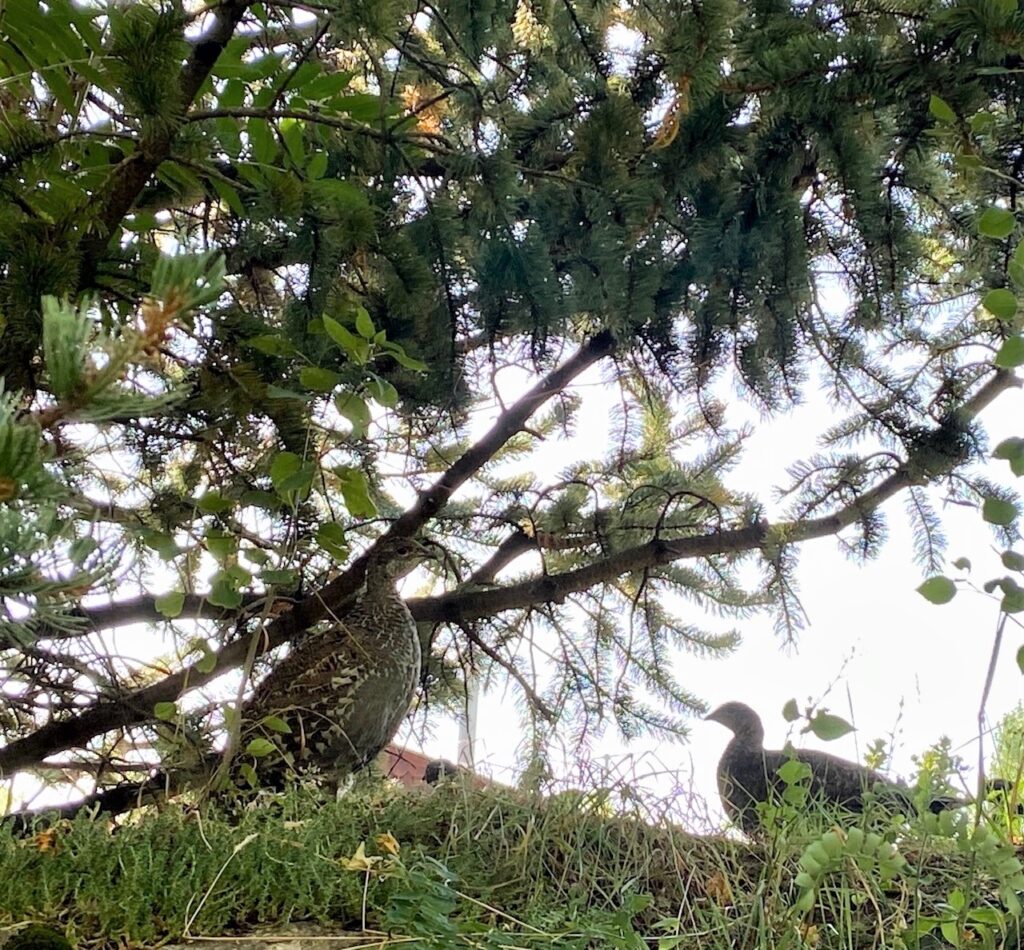
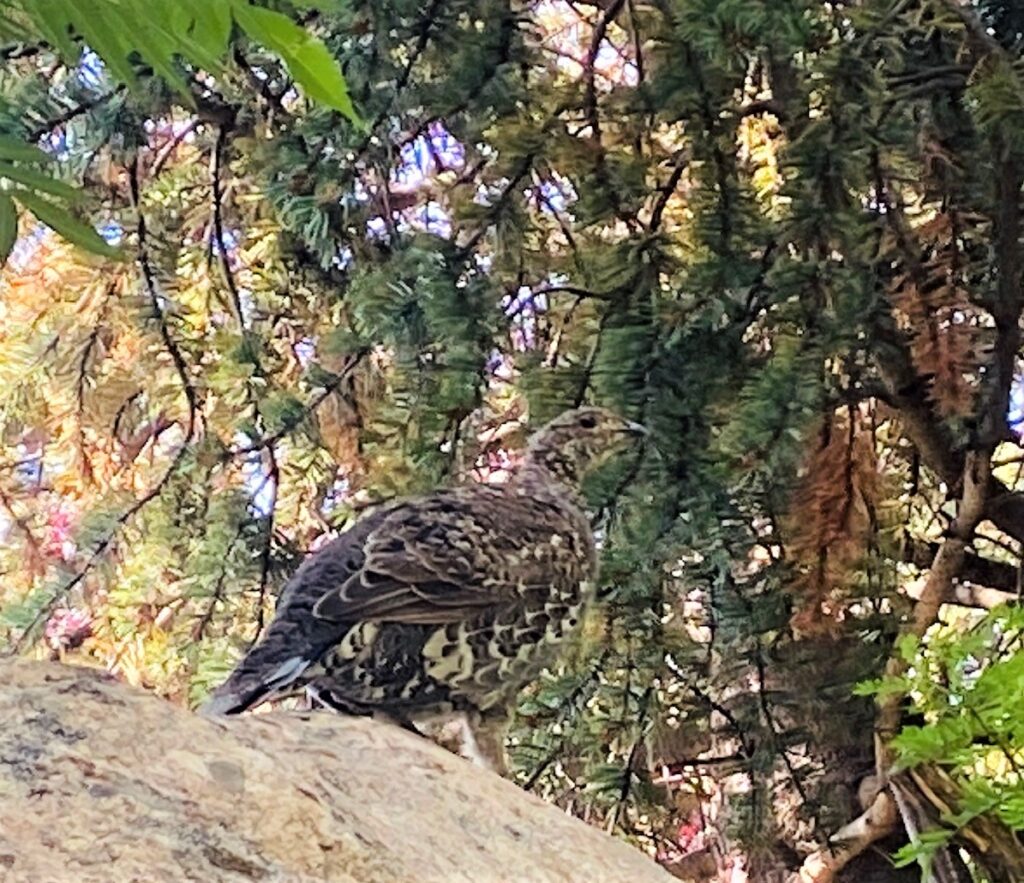
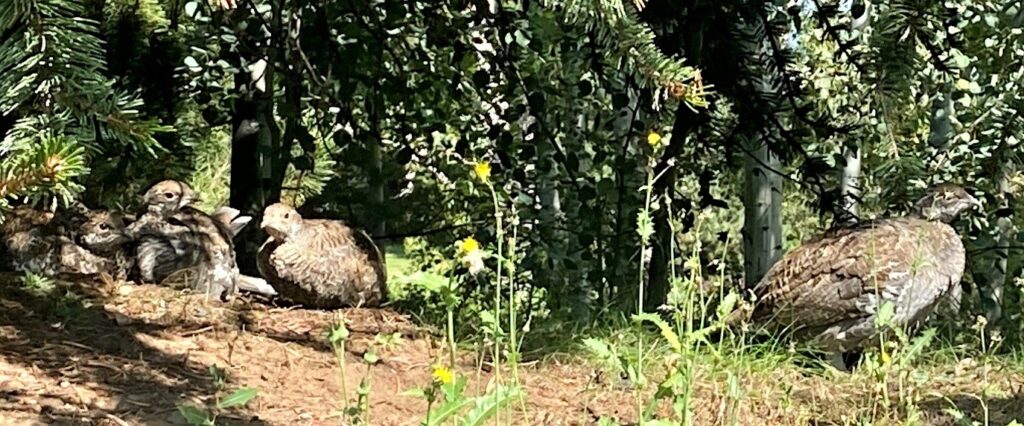
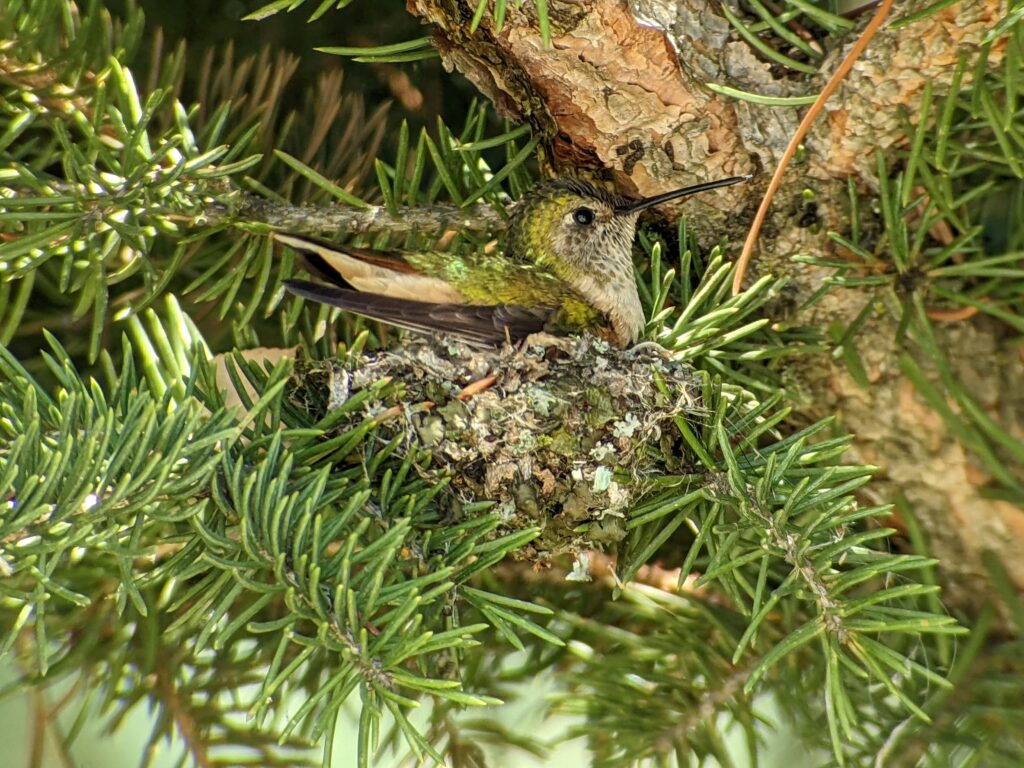
Photo and video credit: David Moulton
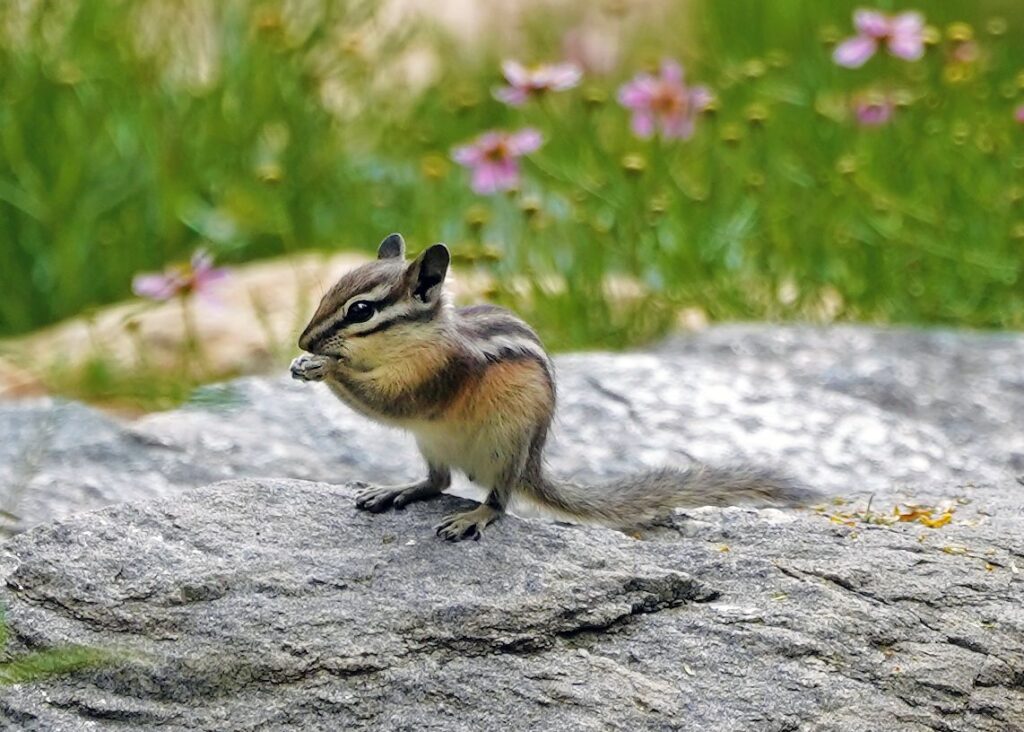
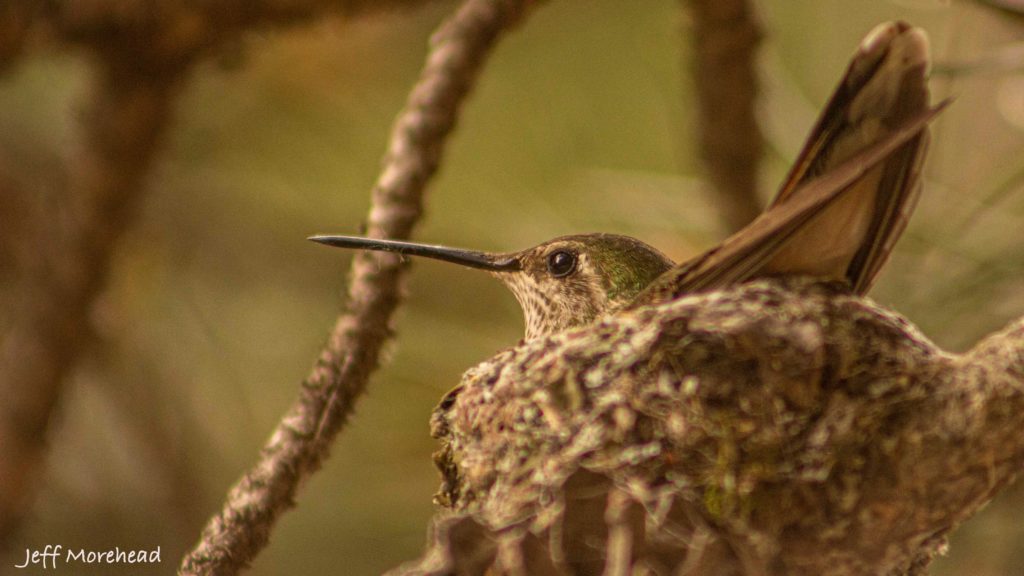
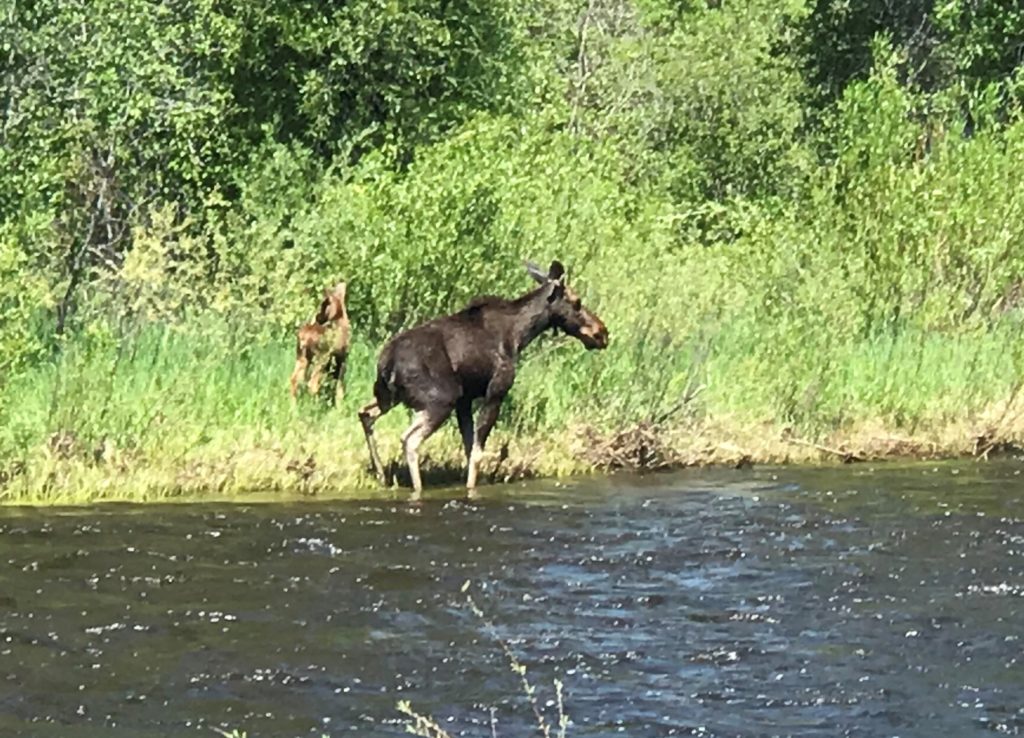
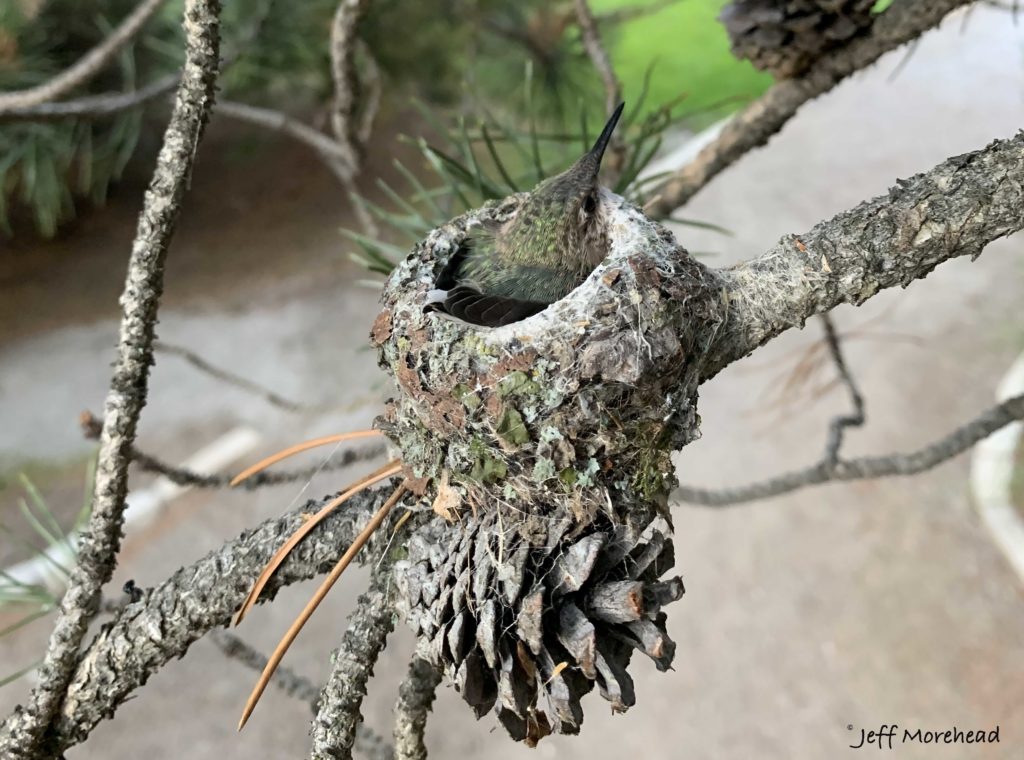
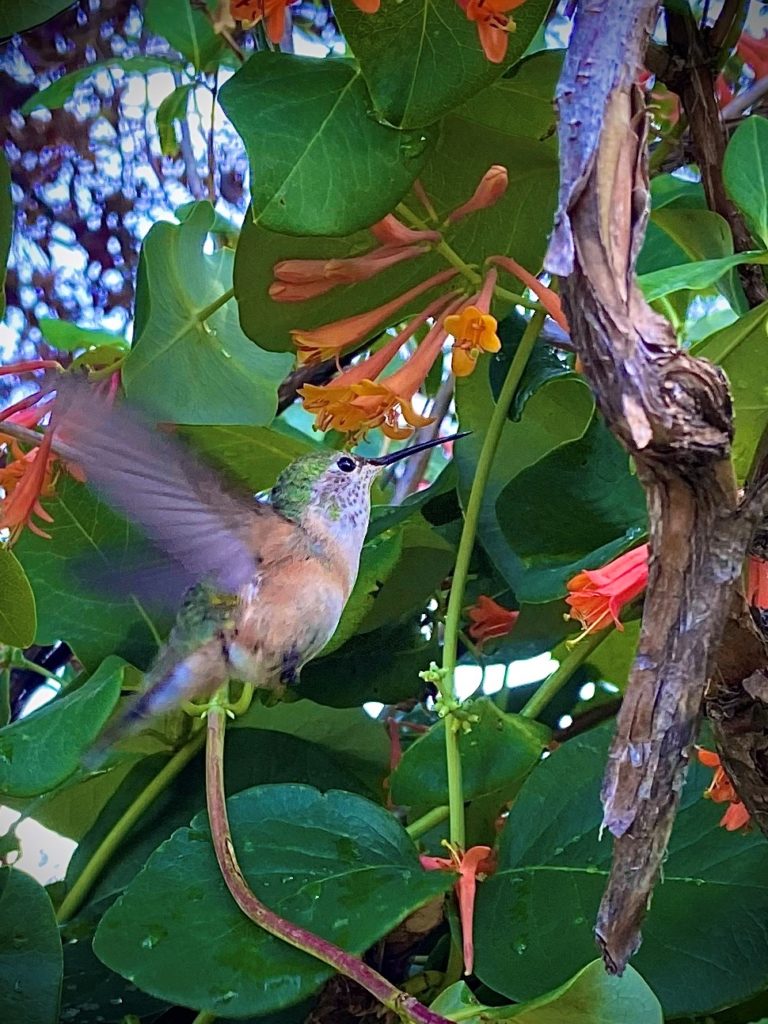
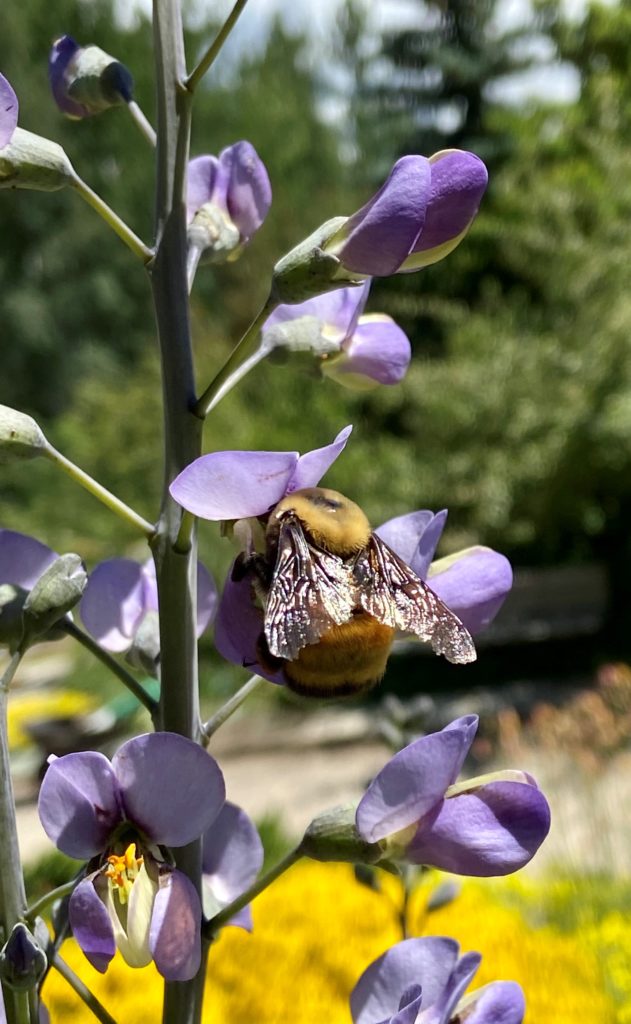
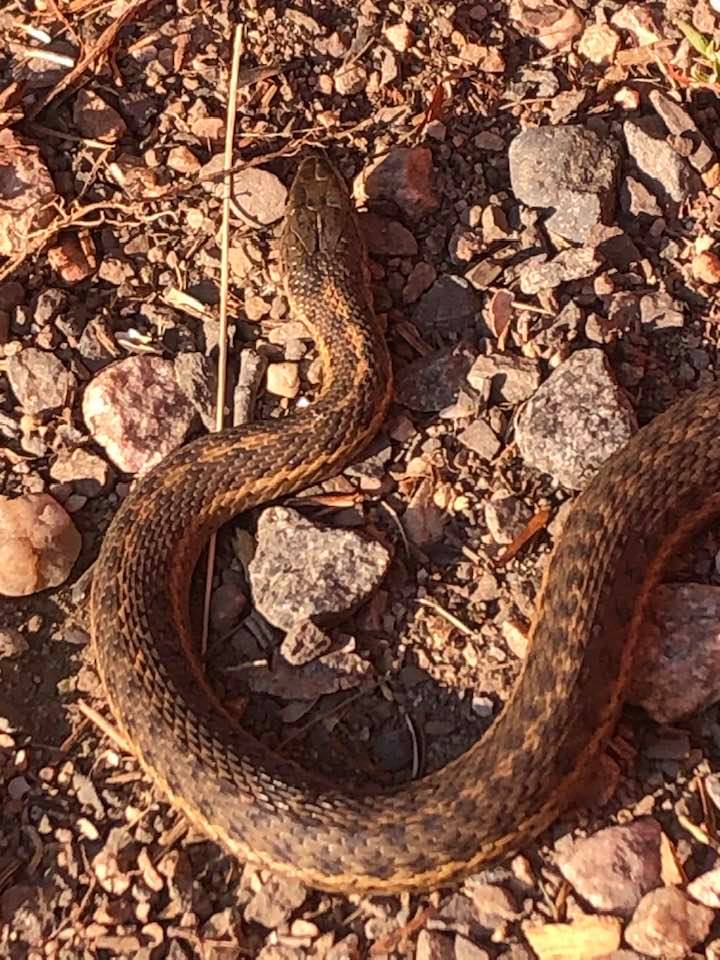
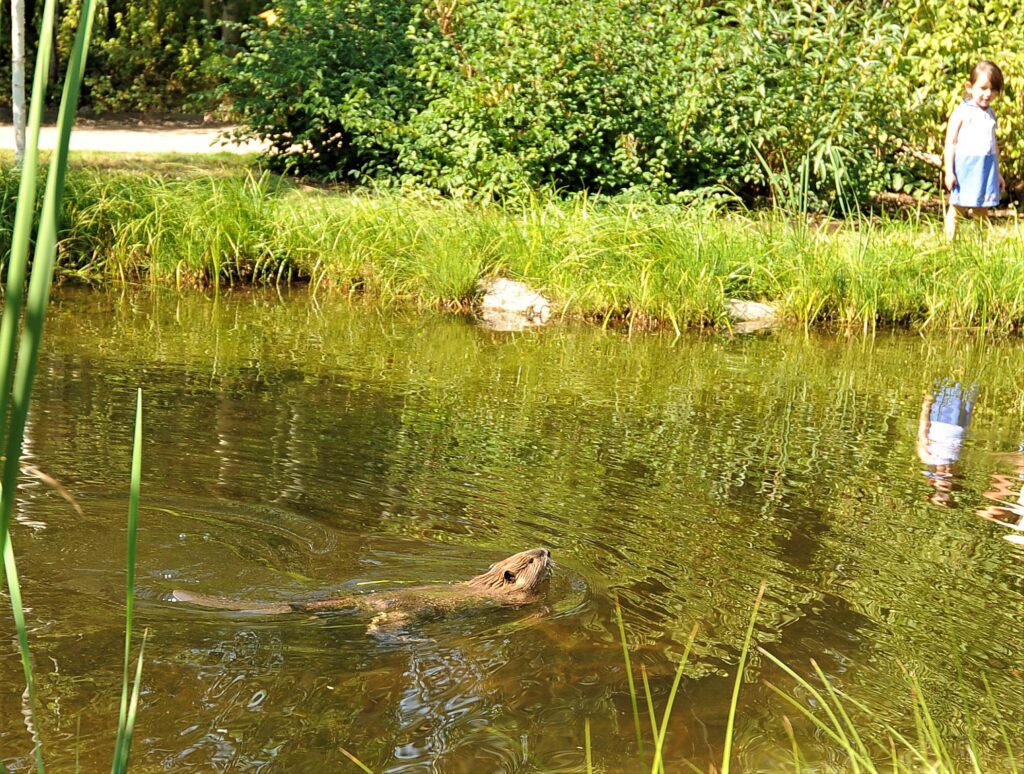
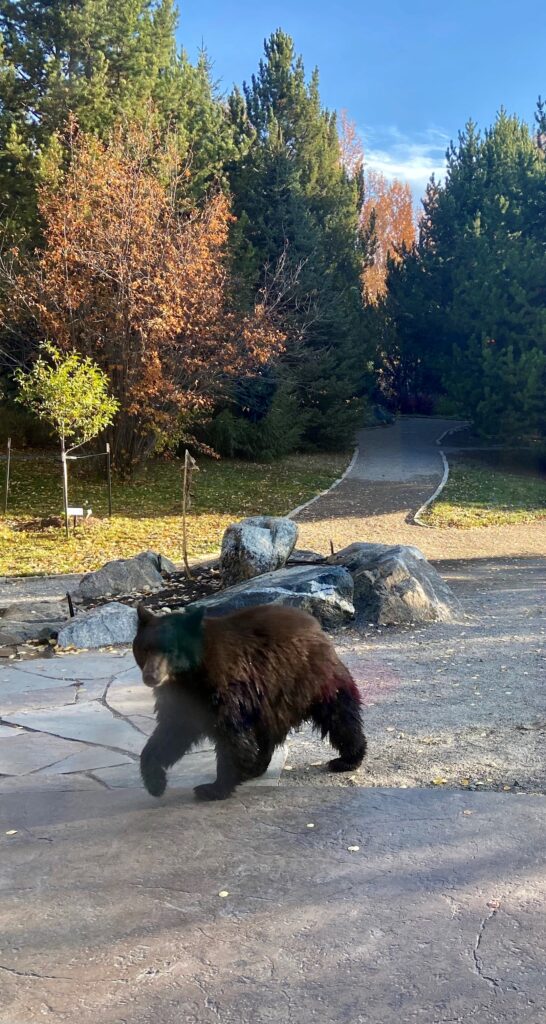
Don’t Miss!
Spring Bloom!





Grand Opening & Ribbon Cutting
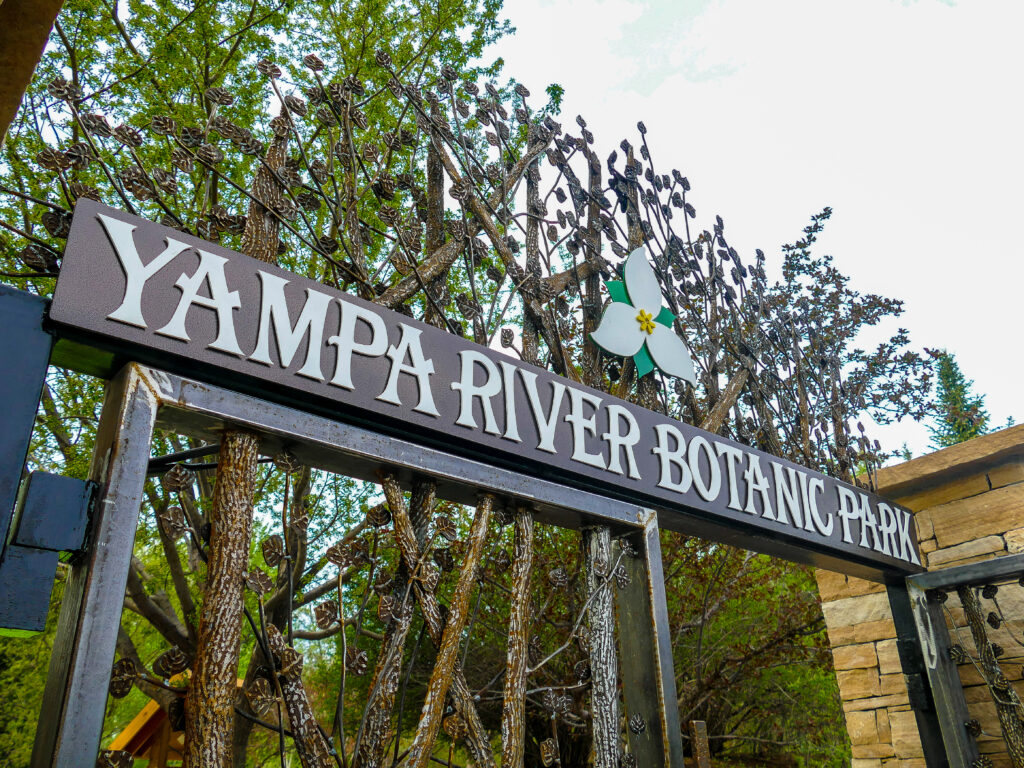

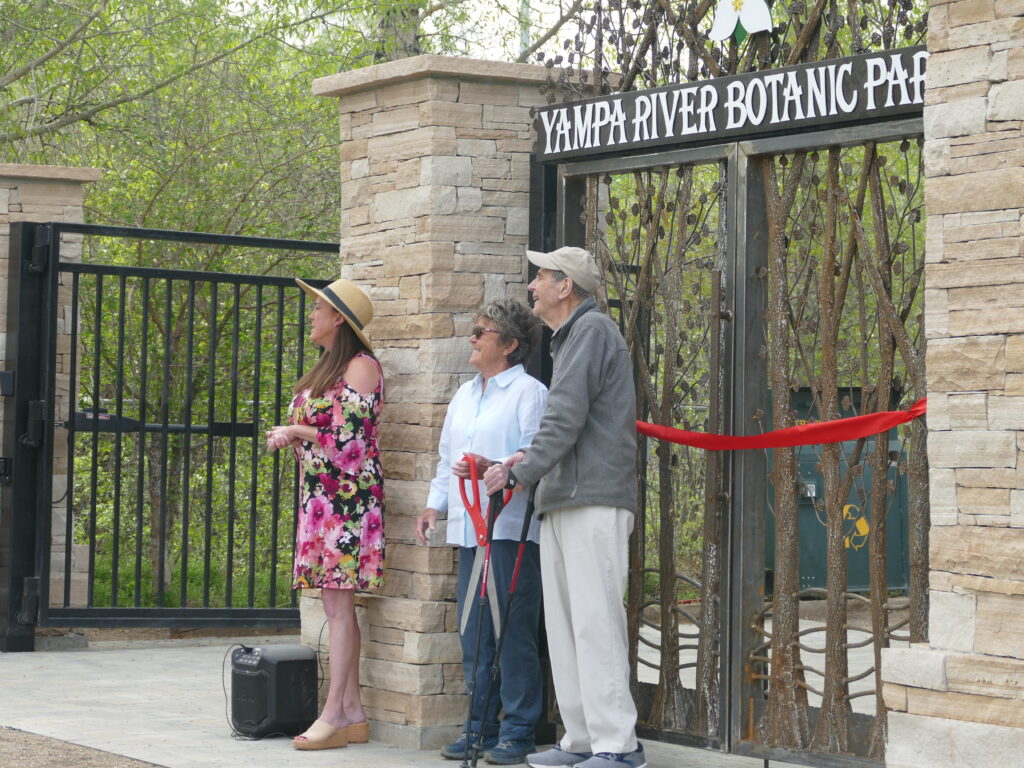
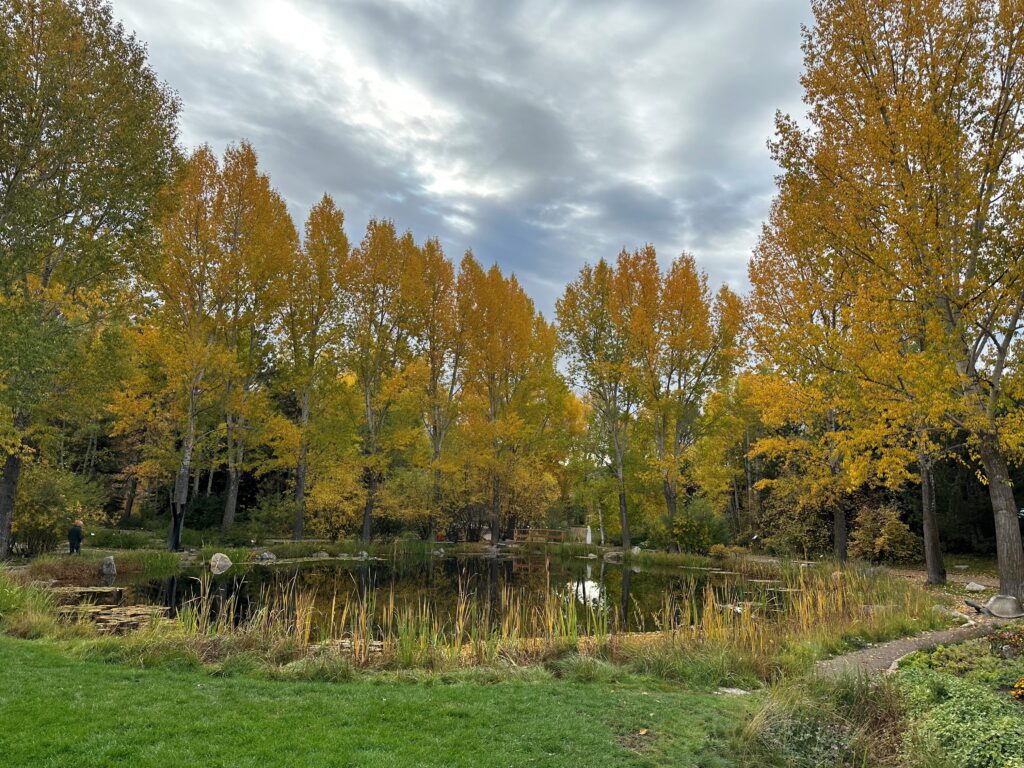

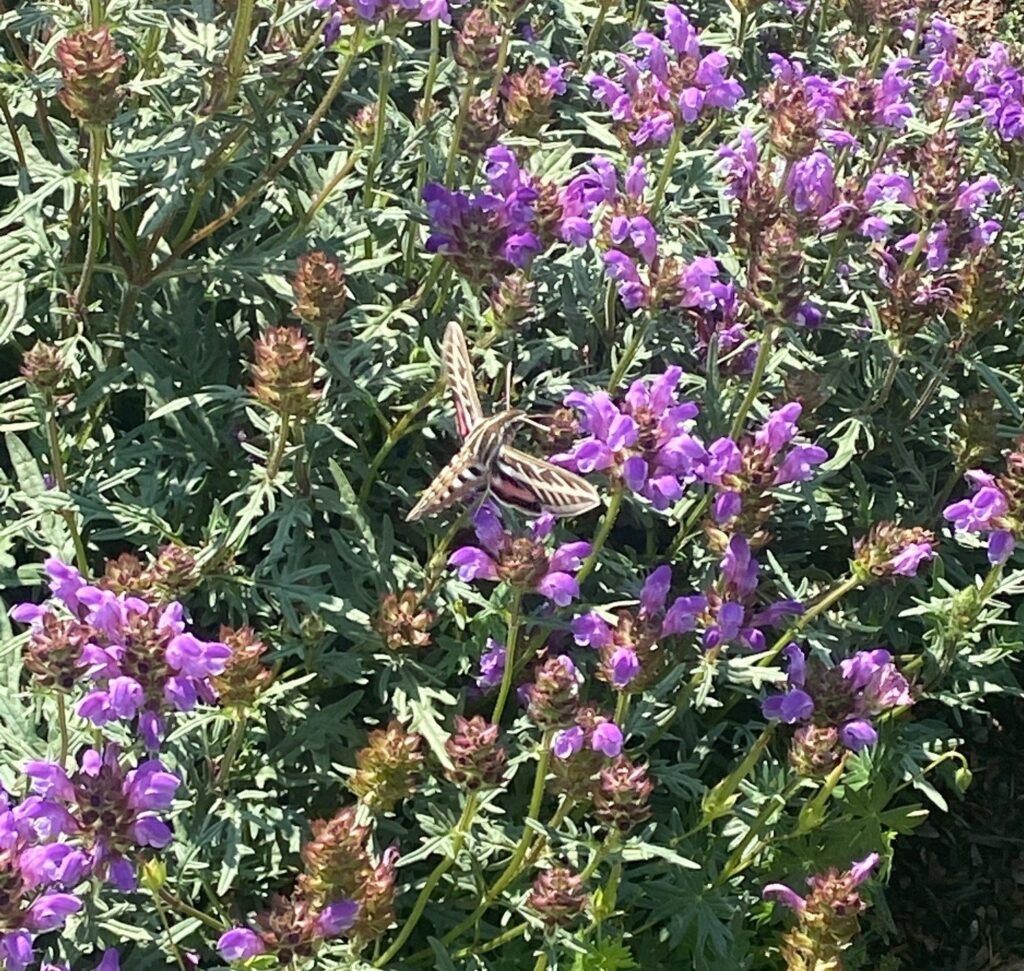
A hummingbird moth buzzes through Doris’ Arbor Garden!
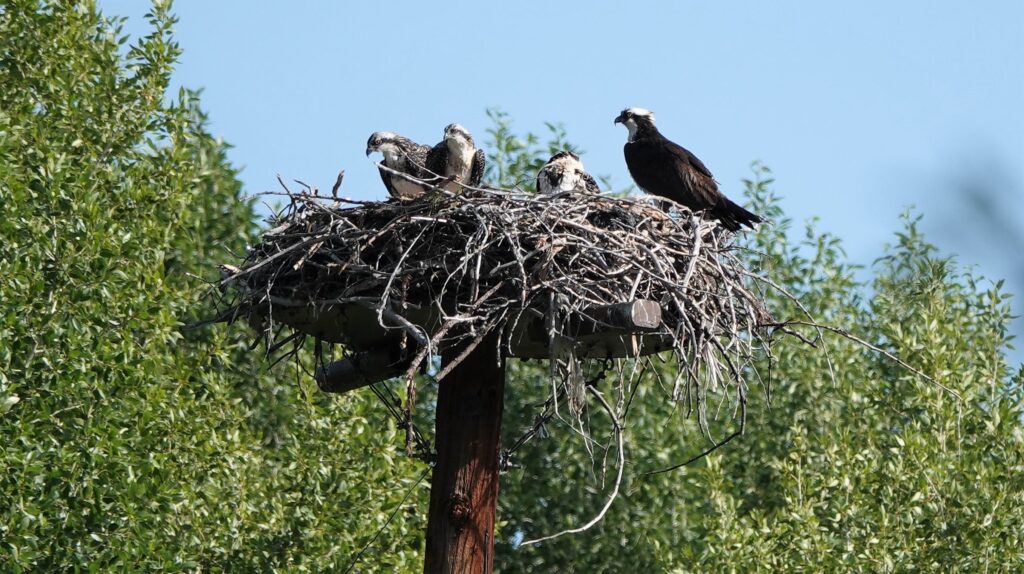
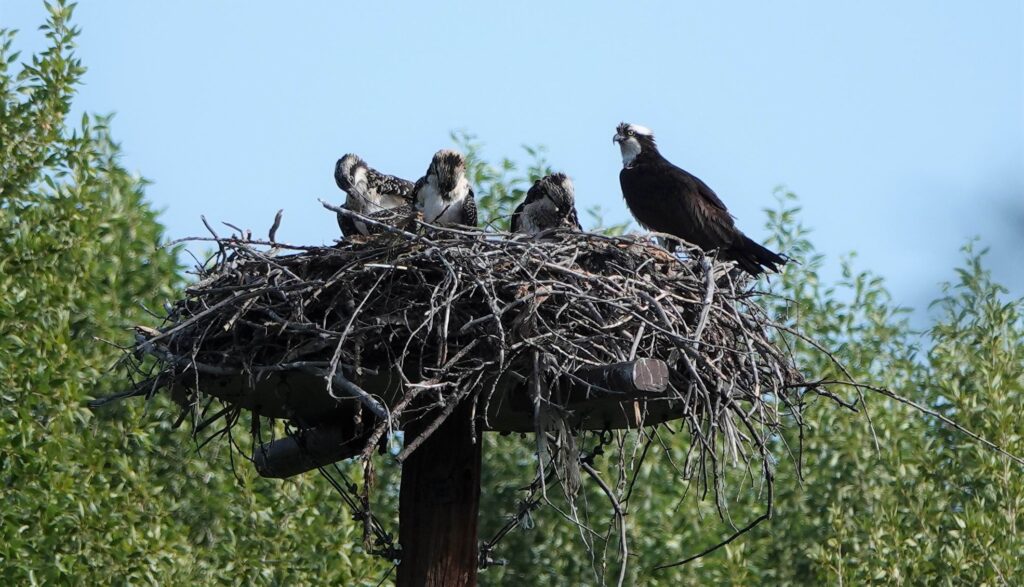
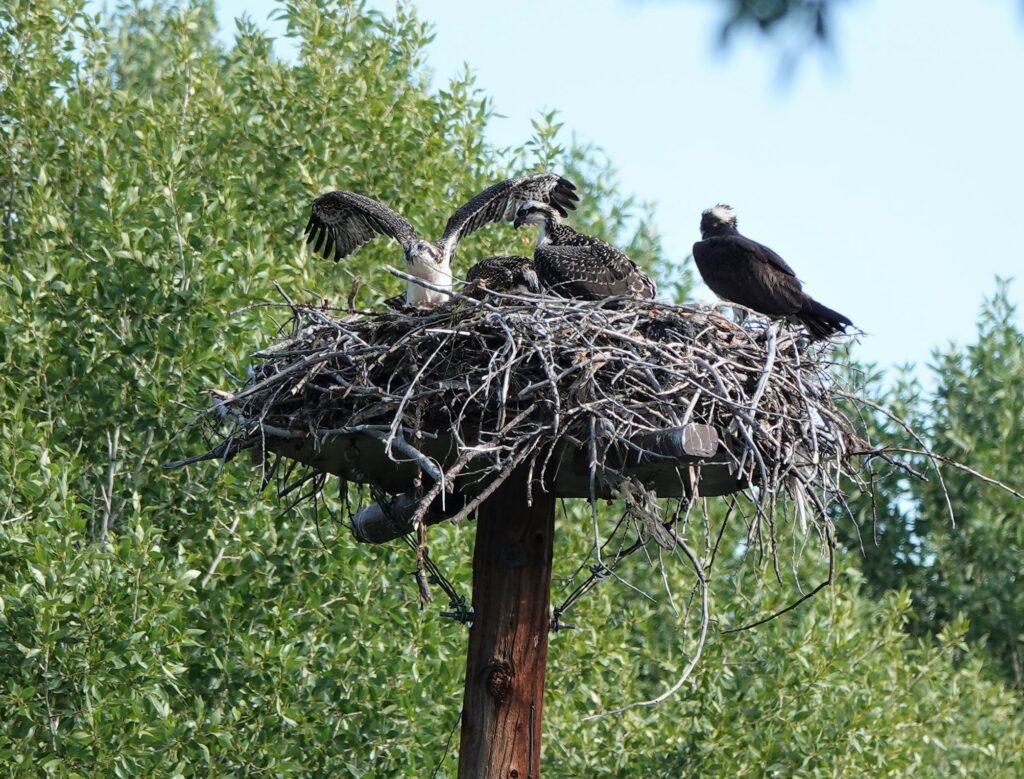
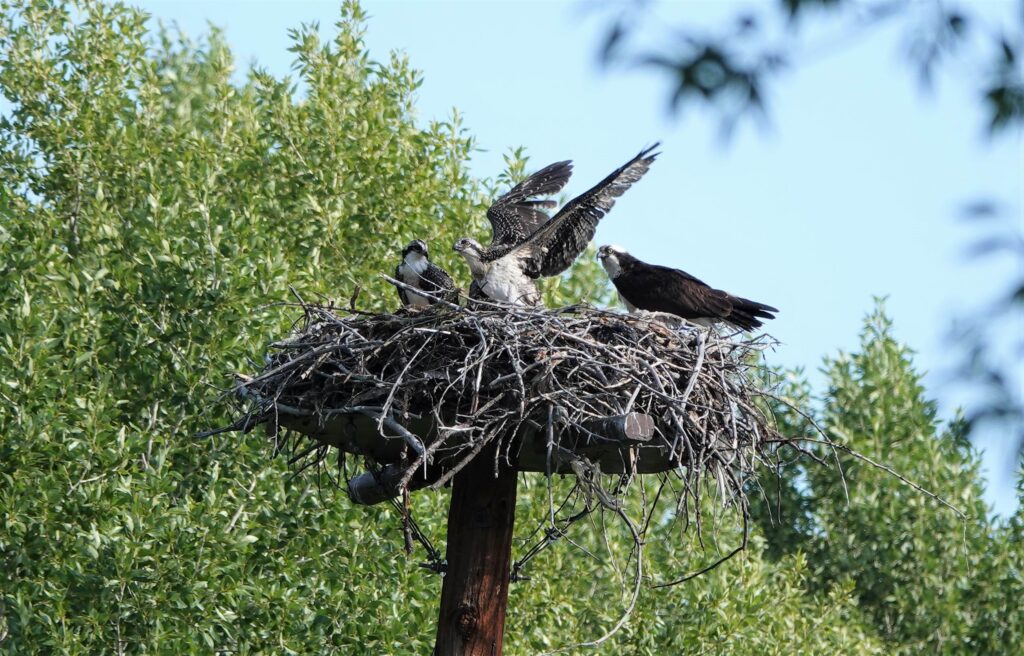
We’ve spied three young ospreys in the nest! The youngsters can be seen sitting on the rim of the nest and appear to be eyeballing the world around them and stretching their wings in preparation to learn to fly. According to Bob Enever, co-founder of YRBP and who erected the nesting platform in 2013, young ospreys begin to fly at about eight weeks.
The Annuals Garden has been planted with the help of staff, the YRBP Board and our dedicated volunteers!
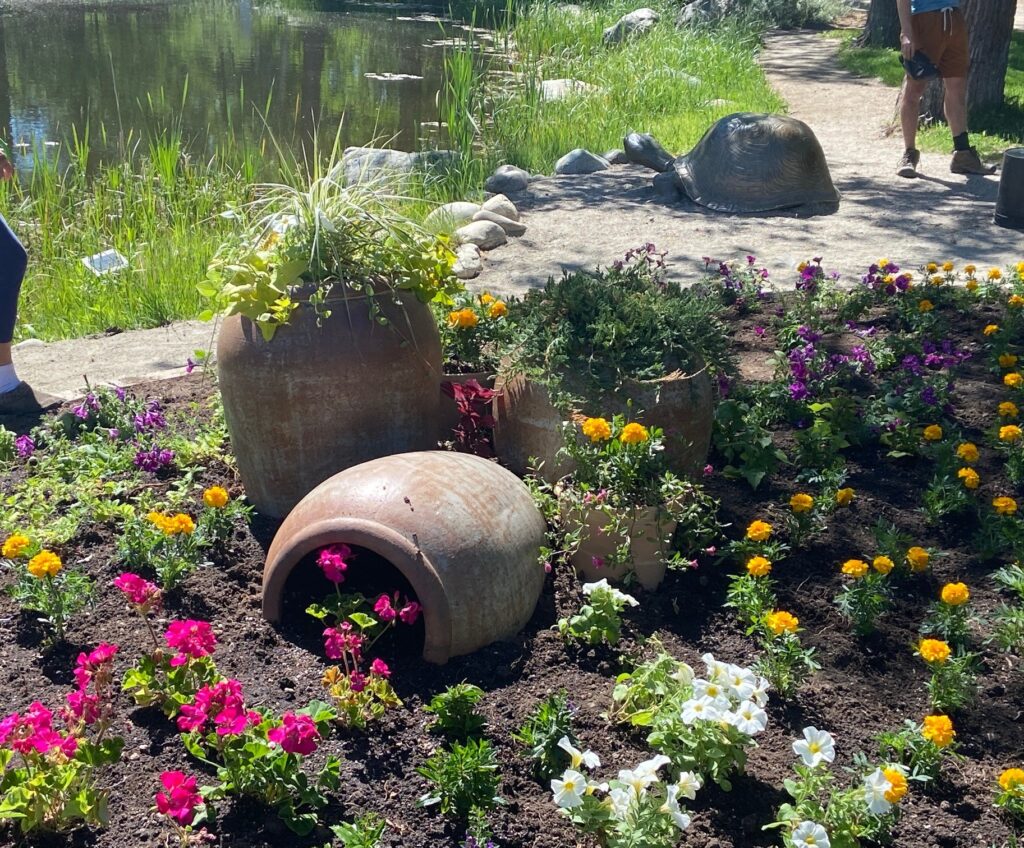
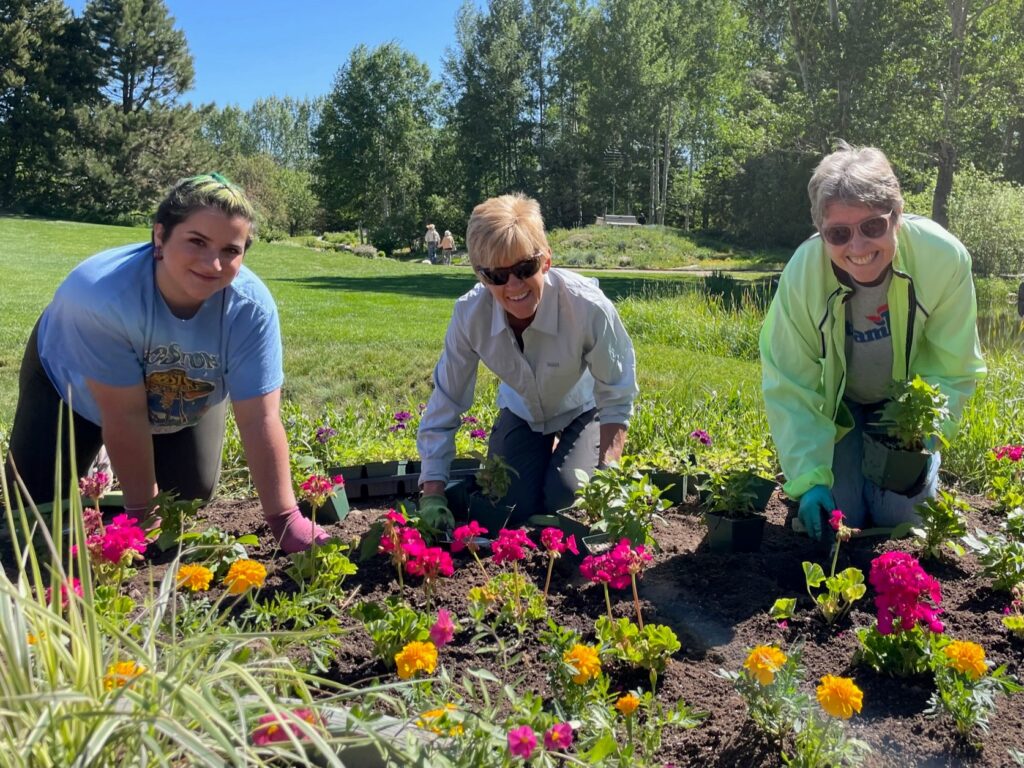
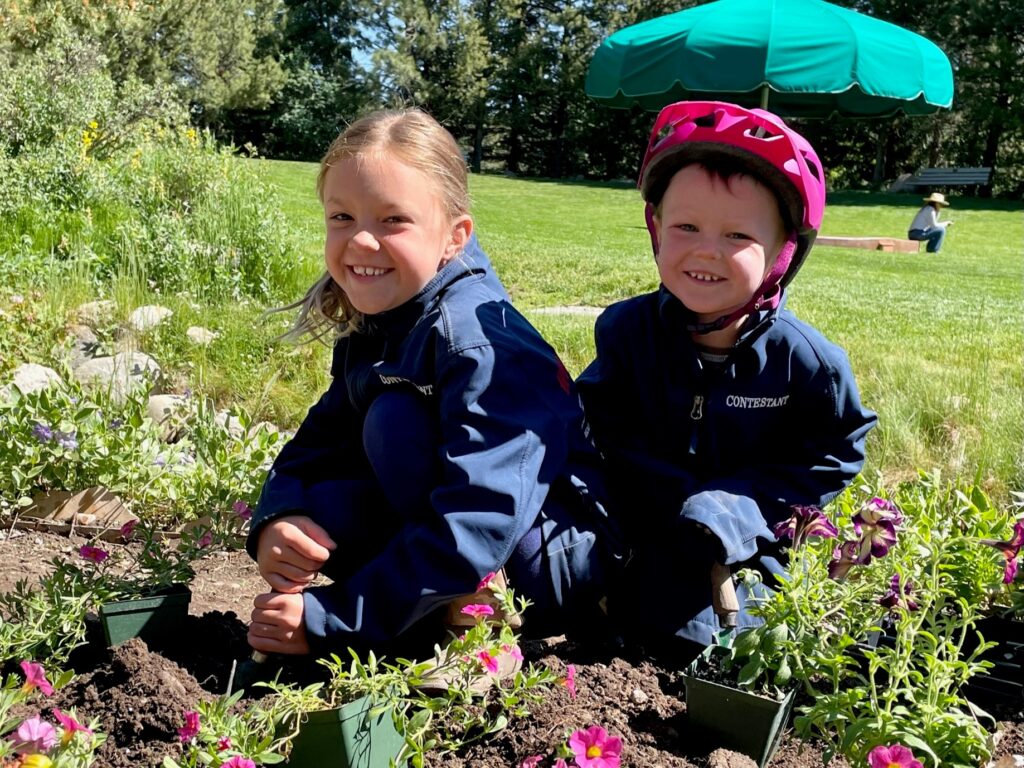
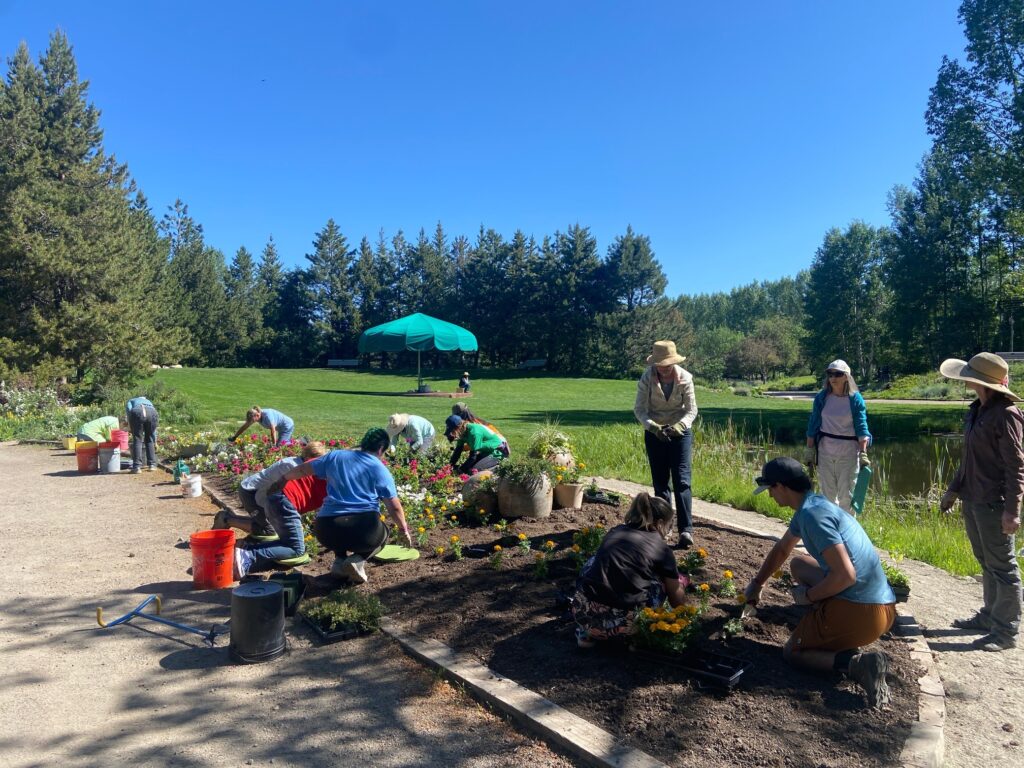
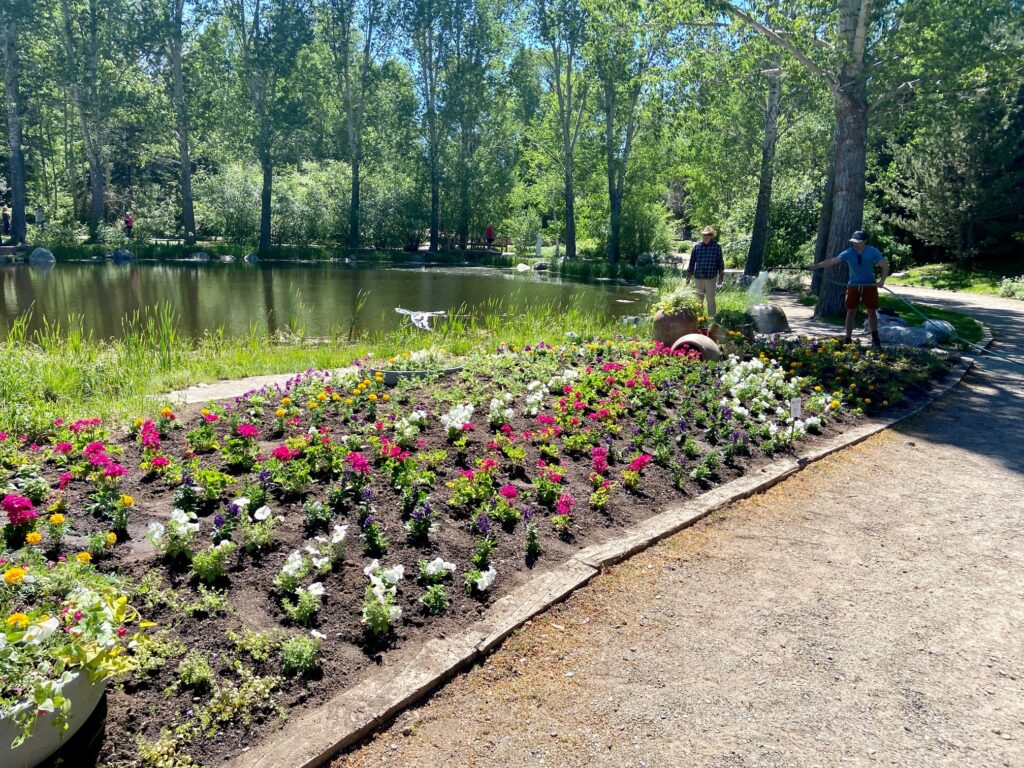
The trail around Peter’s Pond is being renovated and a new bridge is being constructed for the stream crossing. The new bridge addresses safety issues, but will also become a focal piece in the Park – we think a new location for many group photos. Stay tuned!
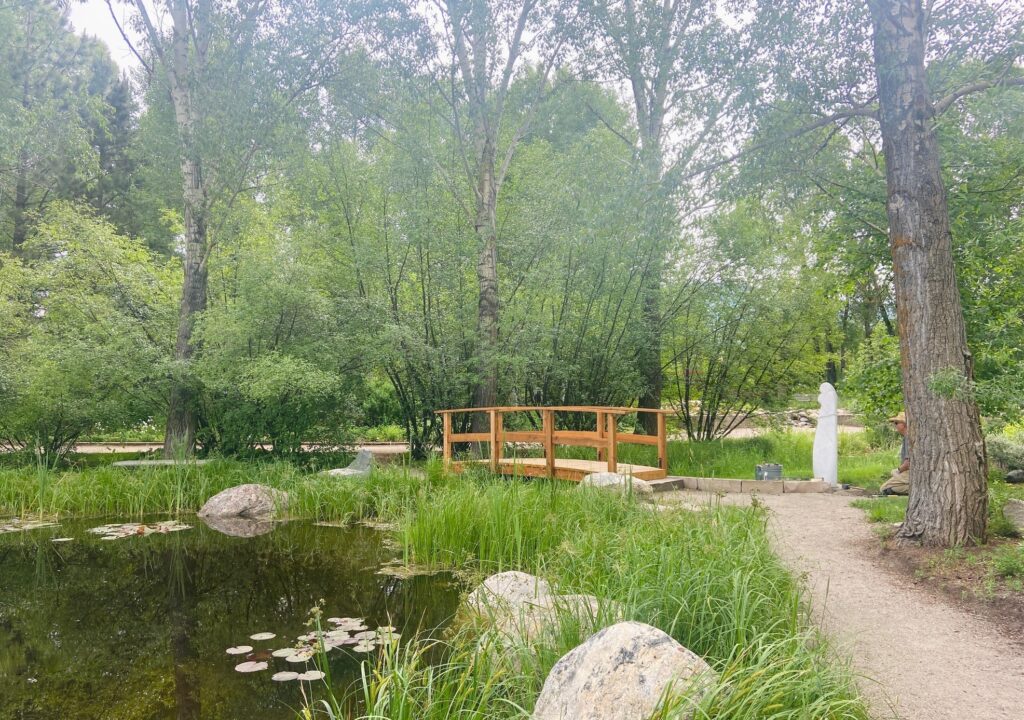

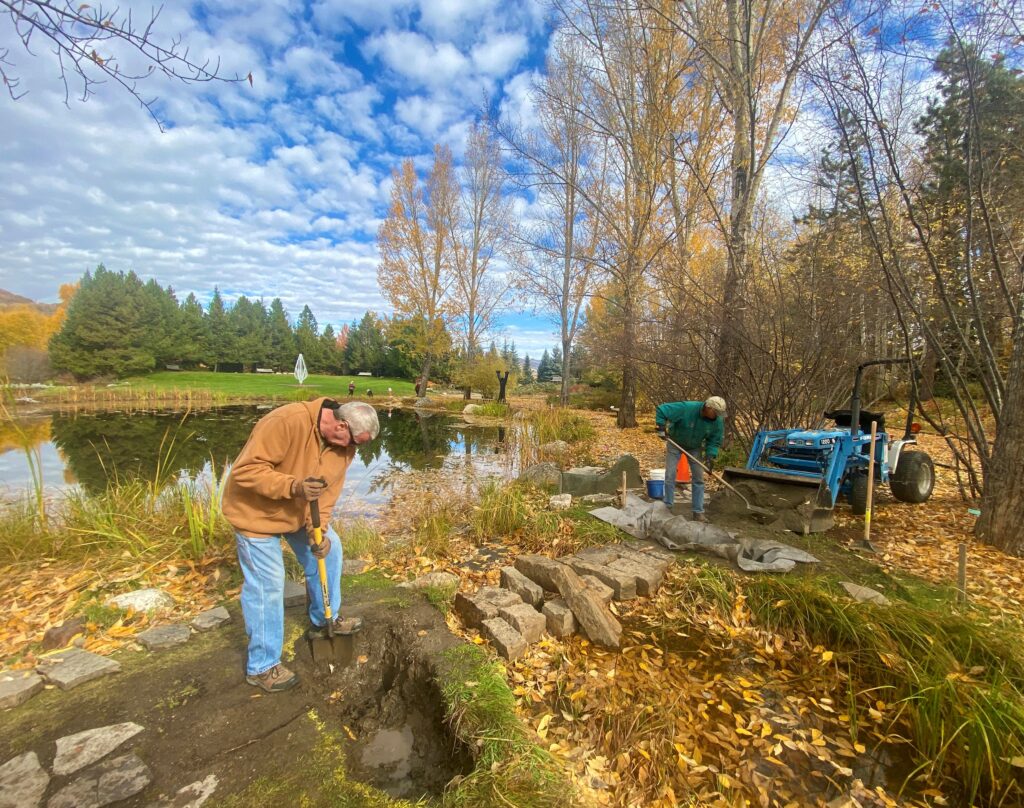
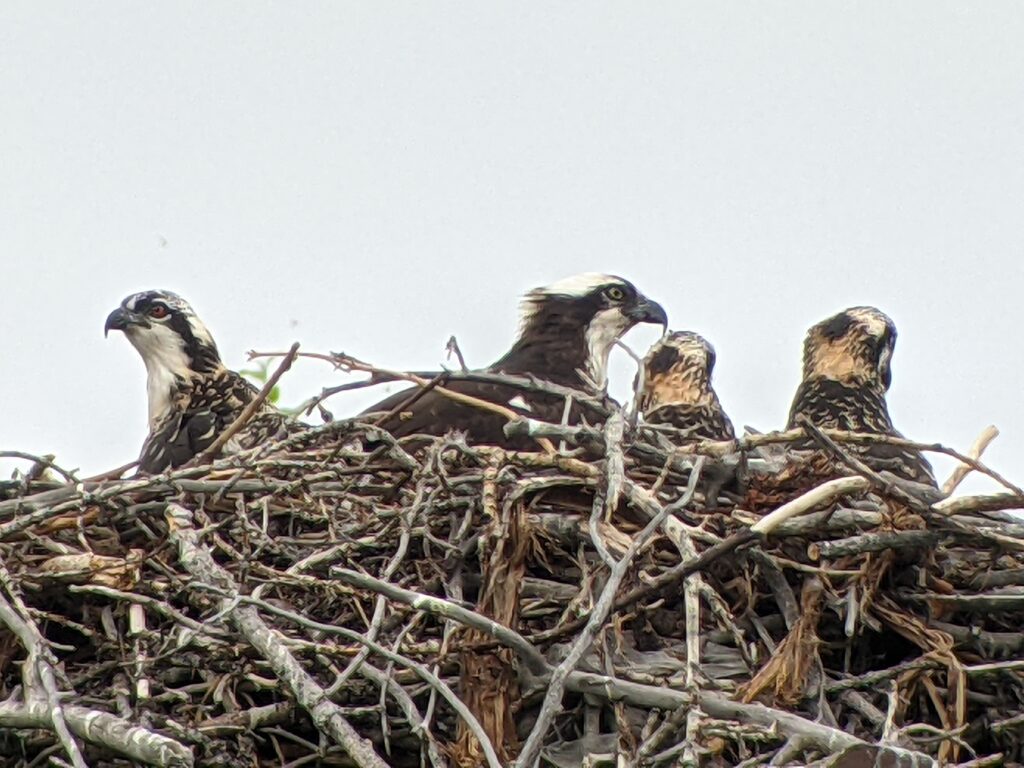
It’s been confirmed, the osprey nest contains three chicks! The nest is getting crowded as the youngsters grow. The chicks fledge about 55 days after hatching so stop by the Park’s osprey viewing station near the Core Trail soon to see them in the nest. This photo shows the mother and the three chicks. Thank you to David Moulton for the photo.
Update: The osprey family have migrated south. We look forward to the parents’ return sometime in early spring. Look for the Botanic Park’s annual “When will the Osprey Return?” contest to guess the day the osprey return to the nest and be entered to win a complementary annual membership to the Botanic Park!
This the sixth year that “Our” Ospreys have occupied the platform nest on the Yampa River at the Yampa River Botanic Park, so they are now experienced parents. They returned early, on March 28, he first and she one day later, after 9 months apart fishing the waters of South America.
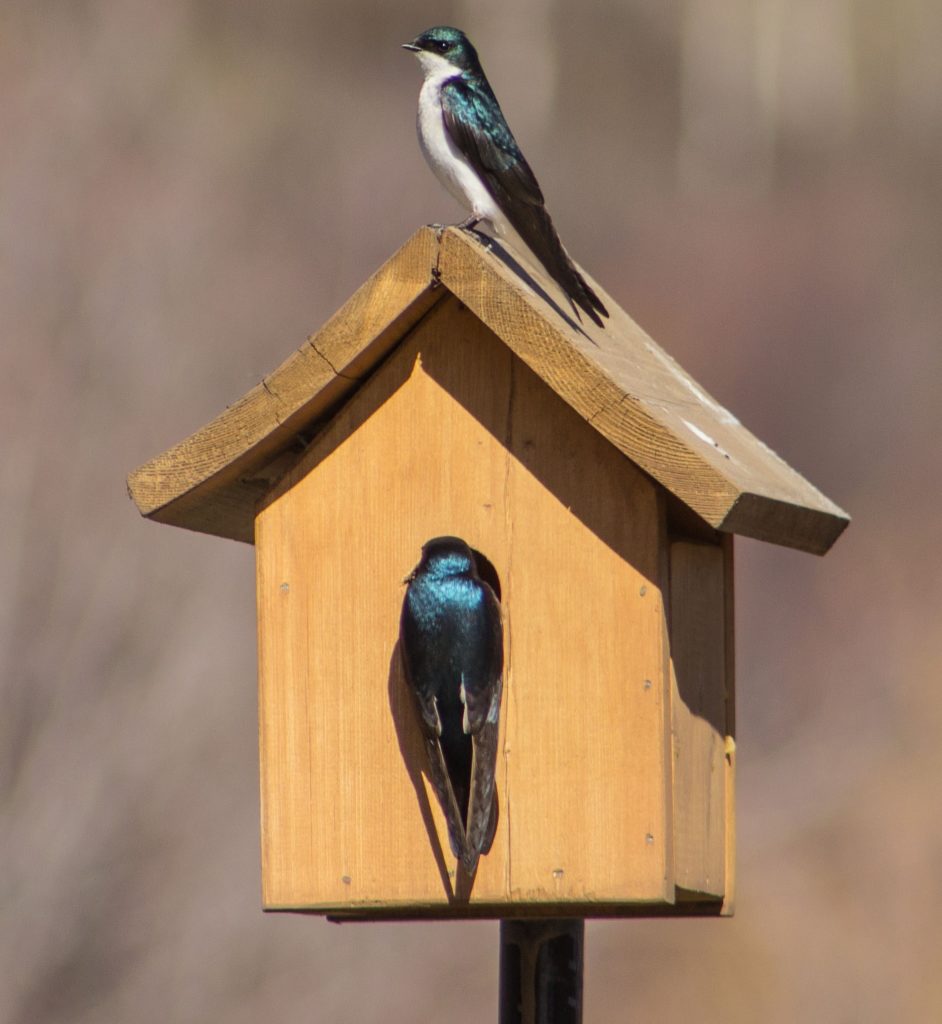
Did you know tree swallows can eat their body weight in mosquitoes everyday? The Park has 10 nesting boxes sized just for swallows using U.S. Fish and Wildlife design guidelines. According to Park Founder Bob Enever in his book: “Birds of Steamboat Springs & Northwest Colorado,” swallows migrate in large flocks and breed abundantly in Routt County. They nest in existing tree cavities at up to 10,000 feet but they adapt well to nesting boxes like the ones at the Park.
Come out and watch the swallows swooping around the Park as they busily feed and fledge their young. Stop by the Trillium House and pick up one of Bob’s books for a suggested donation of $30 which goes directly back into the running of the Park!
